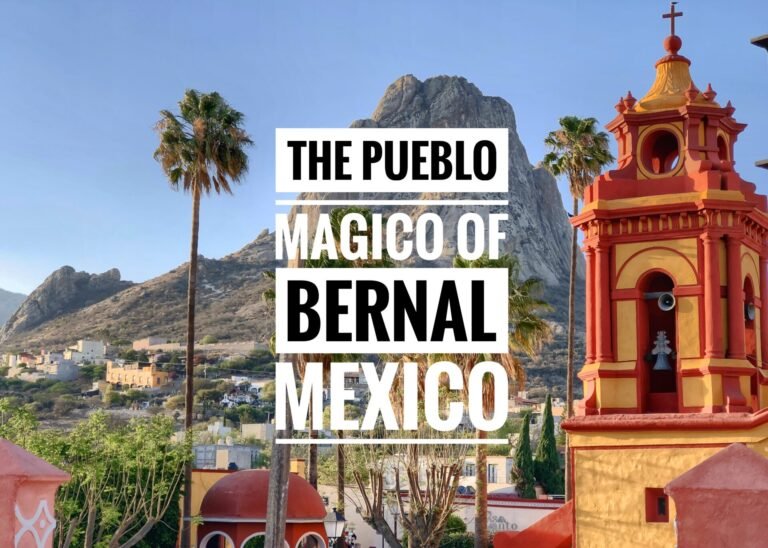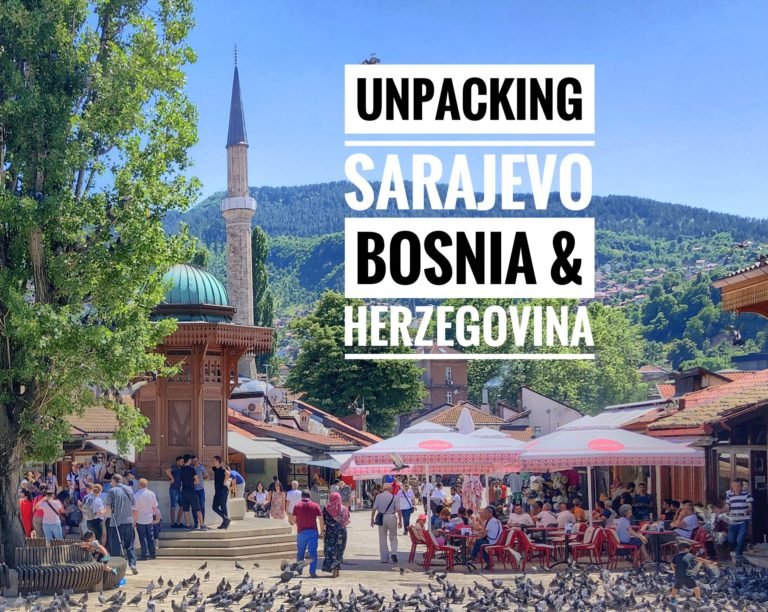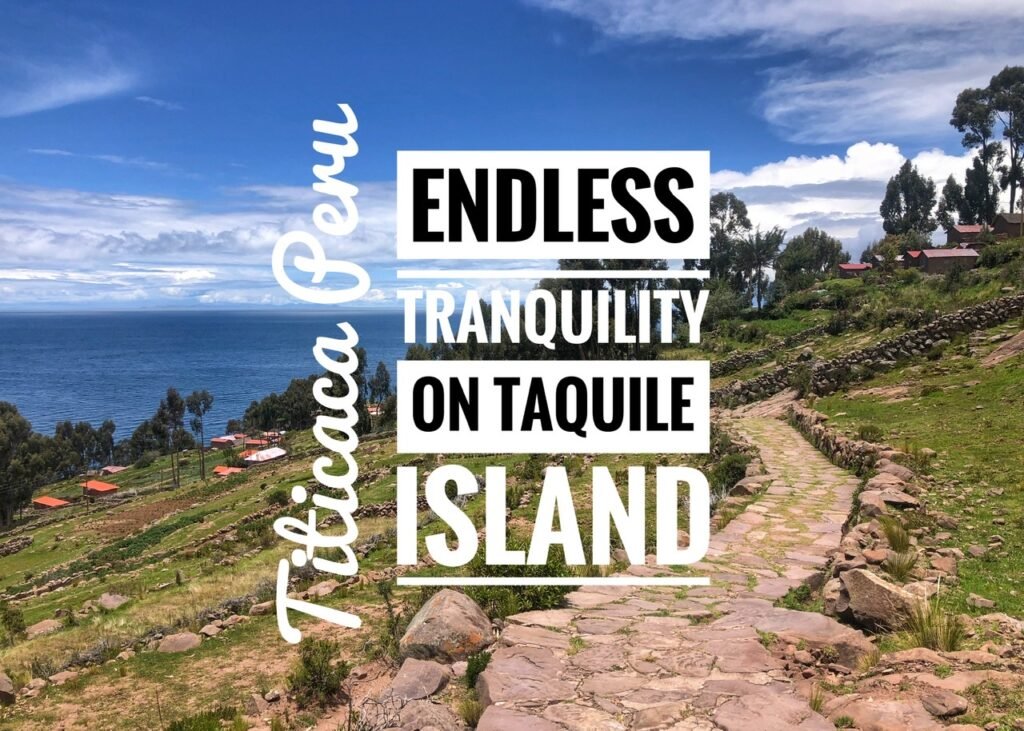
Taquile Island is a whole other world from Uros. In fact, stepping from that sparkling blue water onto that terraced landscape with compact stone houses feels distinctly like being transported to an island in the Mediterranean. It’s surreal. And the real bonus? In this tranquil seemingly Egalitarian society, there are no cars…no dogs…no motors. In fact, no sounds at all…other than some birds chirps, an occasional “meeh” from a sheep, or swing of a hoe from a campesino (farmer). The entire 6 km long island is intertwined with stone walking paths, which means your own two feet serve as the only form of transportation. Yes, staying here for a few days felt like a very good idea…
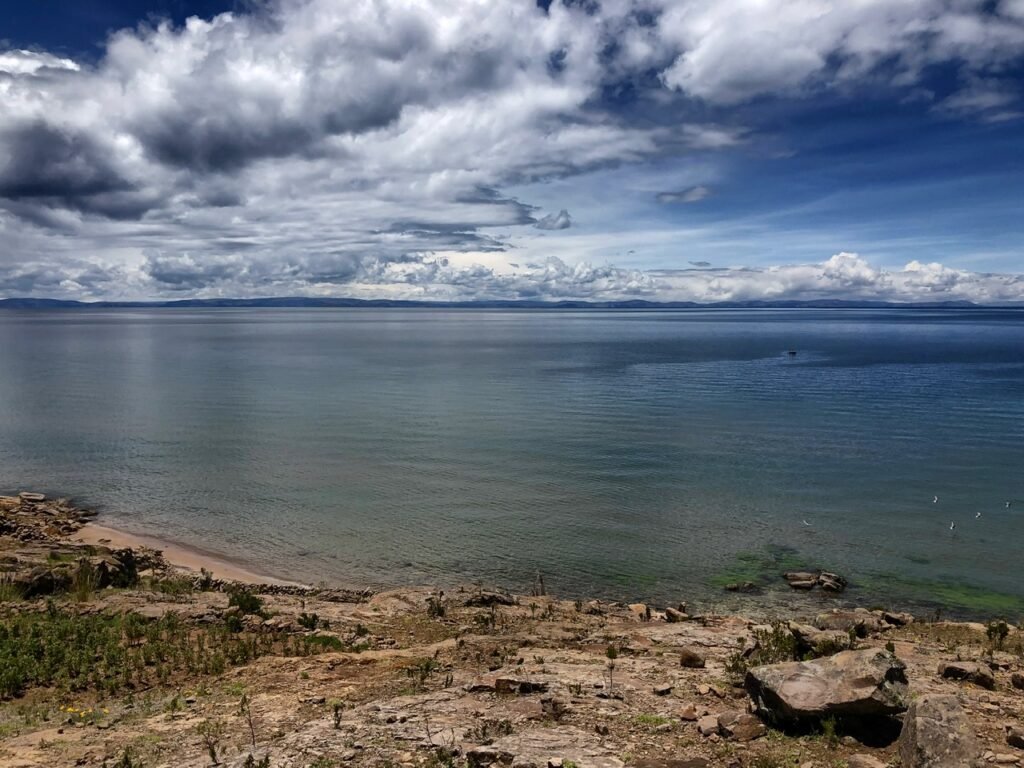
We arrived to Taquile by taking a local boat from Uros at 9/9:30 a.m. We bought them in advance at the main dock in Puno. This cost 30 sols/each ($7.50) and included our return ride to Puno after a few days, which we felt was very good value for a four-hour round trip ride. The driver of the boat knew exactly where to find Alberto, our new host, so he dropped us off at the dock closest to our stay at Huayllano.
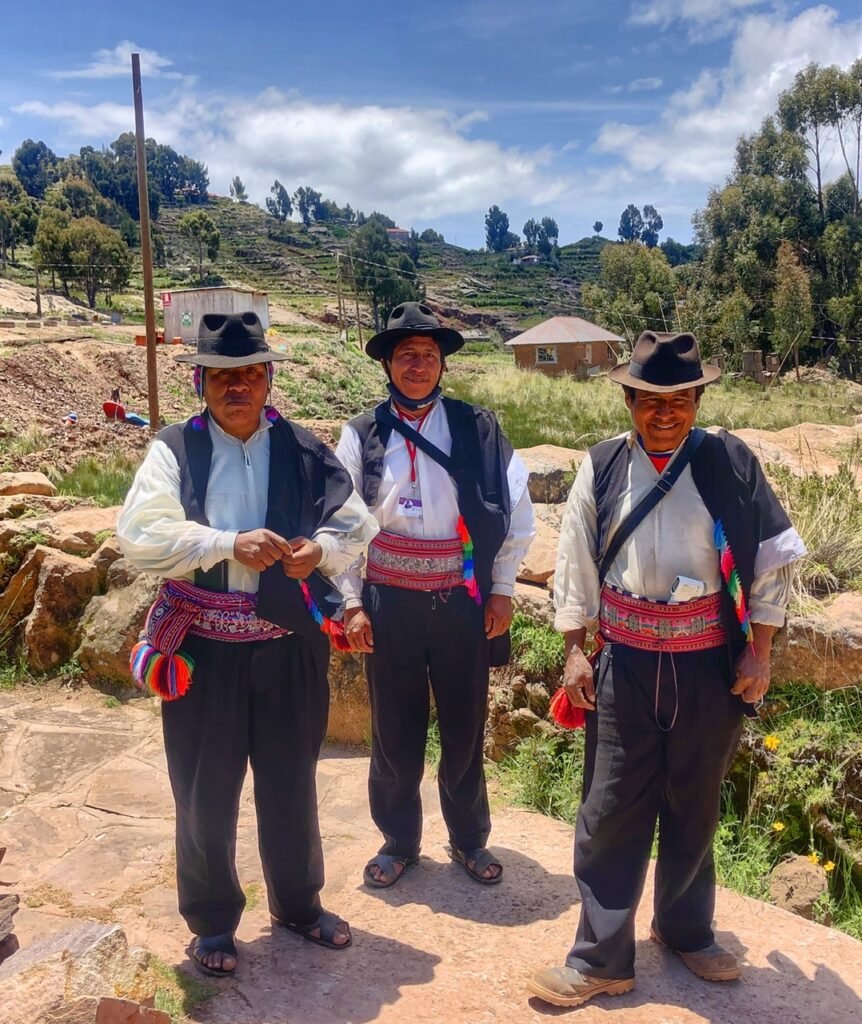
After a slog up a very rapid incline, we encountered three jolly men (“the authorities”) in traditional clothing wanting us to buy the pass to enter the island…16 sols total or $4. Greg gave them a 20 sol note, which is not an outrageous transaction, and they giggled as they counted out a large handful of .10 centimo sol coins, which is equivalent to a handful of US pennies. Muchas gracias ?
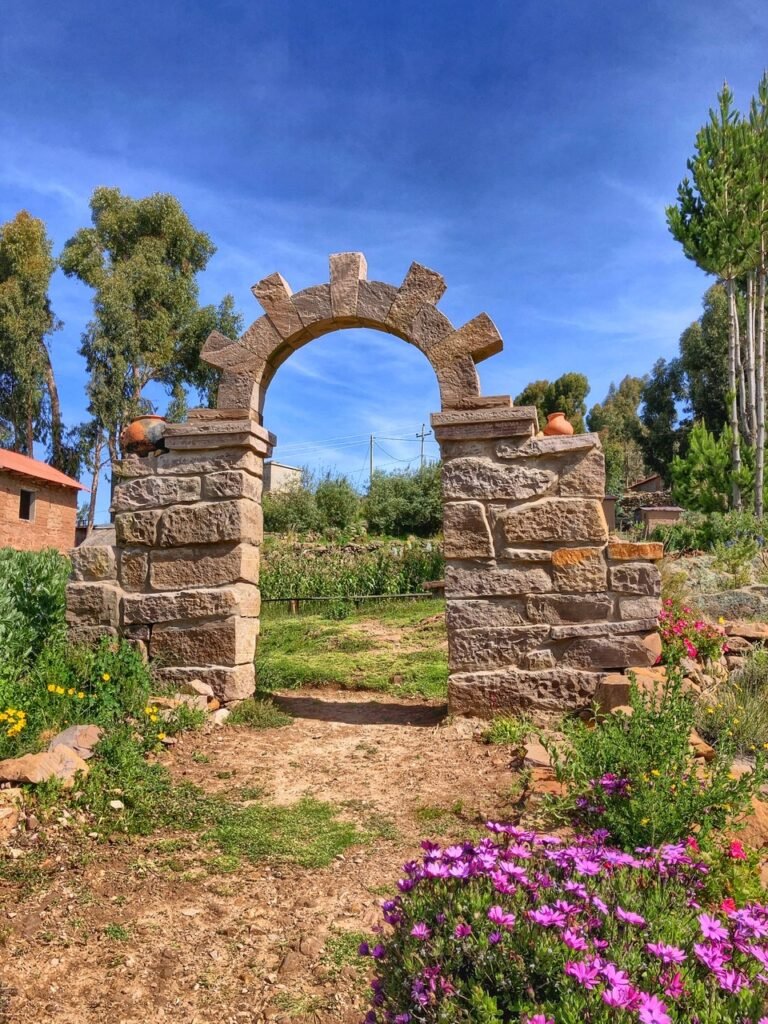
The giggly men pointed us in the direction of Alberto’s Airbnb, which involved revolving 180 degrees, and shuffling directly up a stone path through an arch. (There was no signage anywhere!)
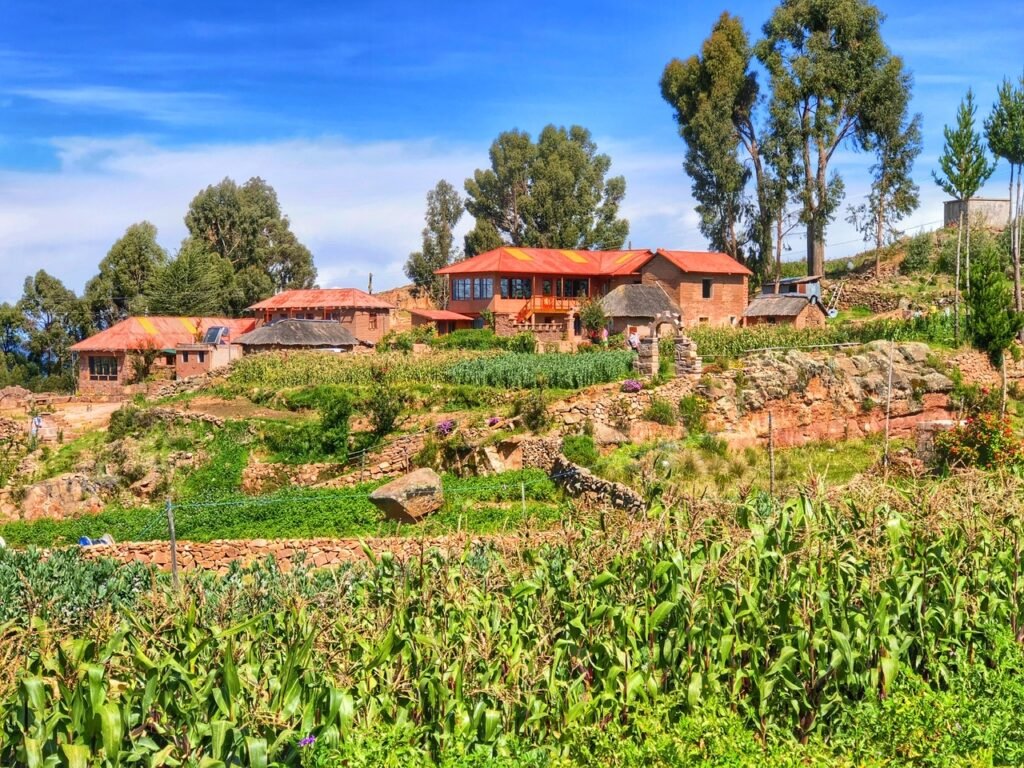
Alberto’s place, on the right, is called El Posada del Sol, and costs 65 sols per night ($17). The first night was a couple dollars more because we found it on Airbnb. They have two rooms currently available, but are building more. We highly recommend the idyllic experience of staying there.
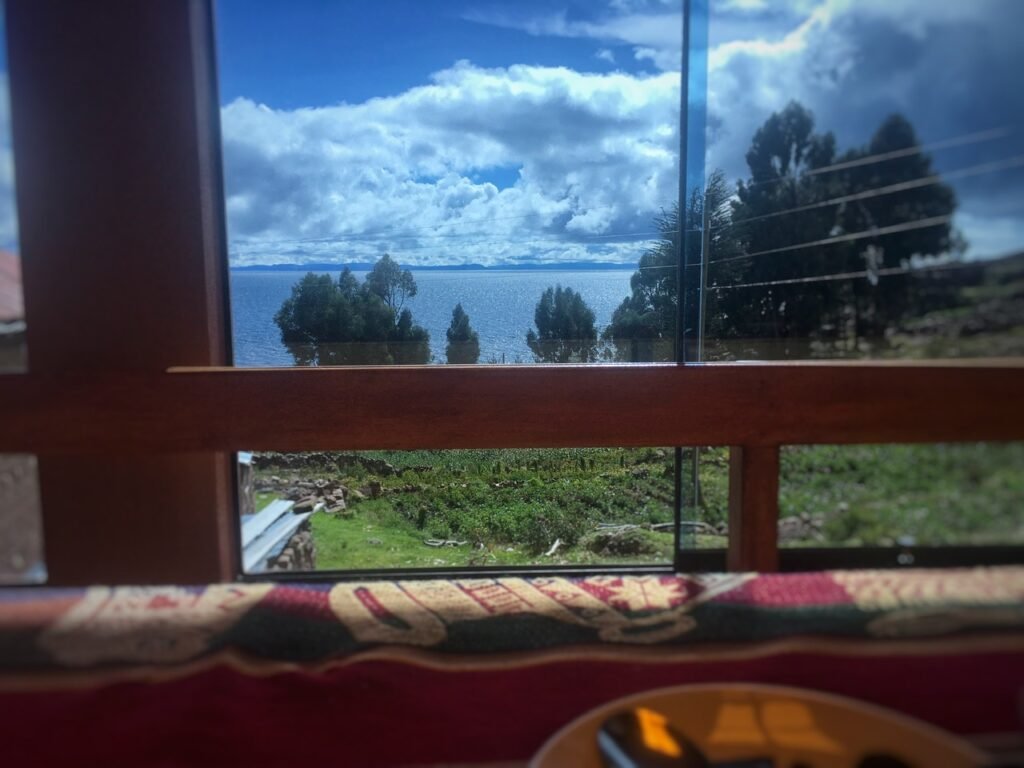
It has a family restaurant with a stunning view at the top that served our meals. Breakfast was included, lunch was a set 20 sols/$5 and dinner was 15 sols/$3.75. The restaurant also services the tourists that come over to Taquile on day trips from Puno. While the day trips seem nice, they entirely miss the serenity and true essence of the island that you receive when staying overnight. However, these tourists are imperative to the lifeblood of the island and have been coming for a hundred years. Apparently, there are around a dozen family houses/restaurants that cater to the tourists, which rotate regularly to share the duties and profits. Also, they have traditional dance performances, and artisanal crafts that rotate staff and profits. As we mentioned, it’s very egalitarian, and Alberto and his family love it. They have dependable work, plenty of downtime and live in a community where everyone shares and is happy. According to him, it works very well.
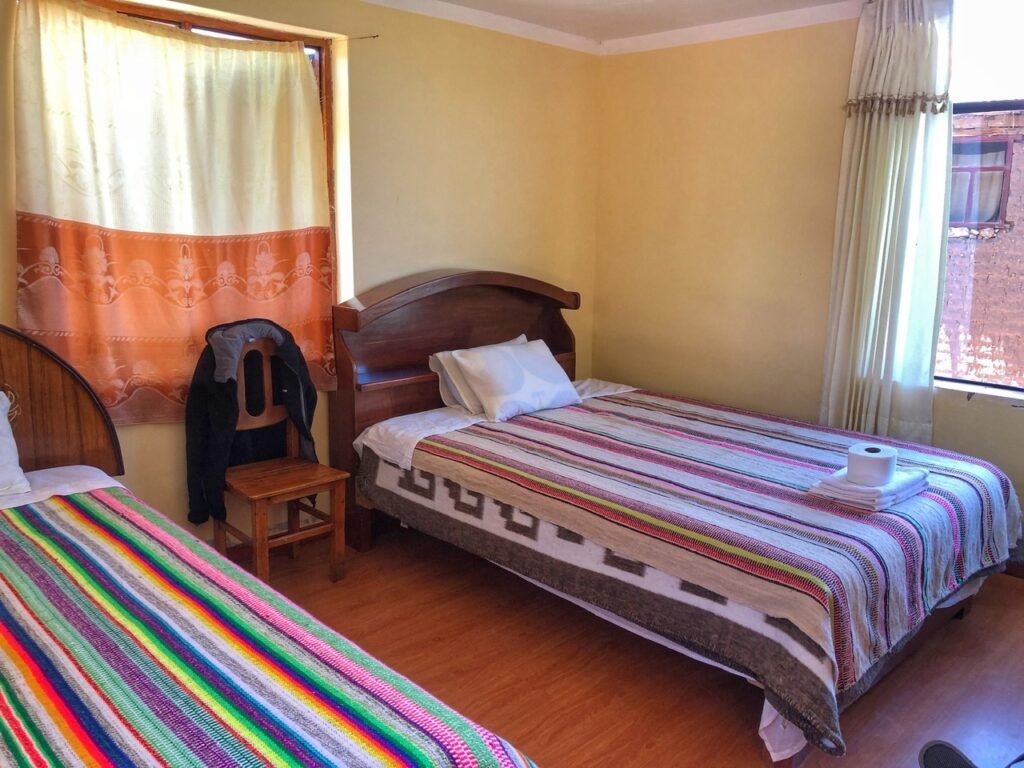
Our room was basic and included a private bathroom with hot water. However, we had no wifi…these islands were mostly a much needed off-the-grid experience for us.

The toilet placement was also a bit unconventional. Lol.
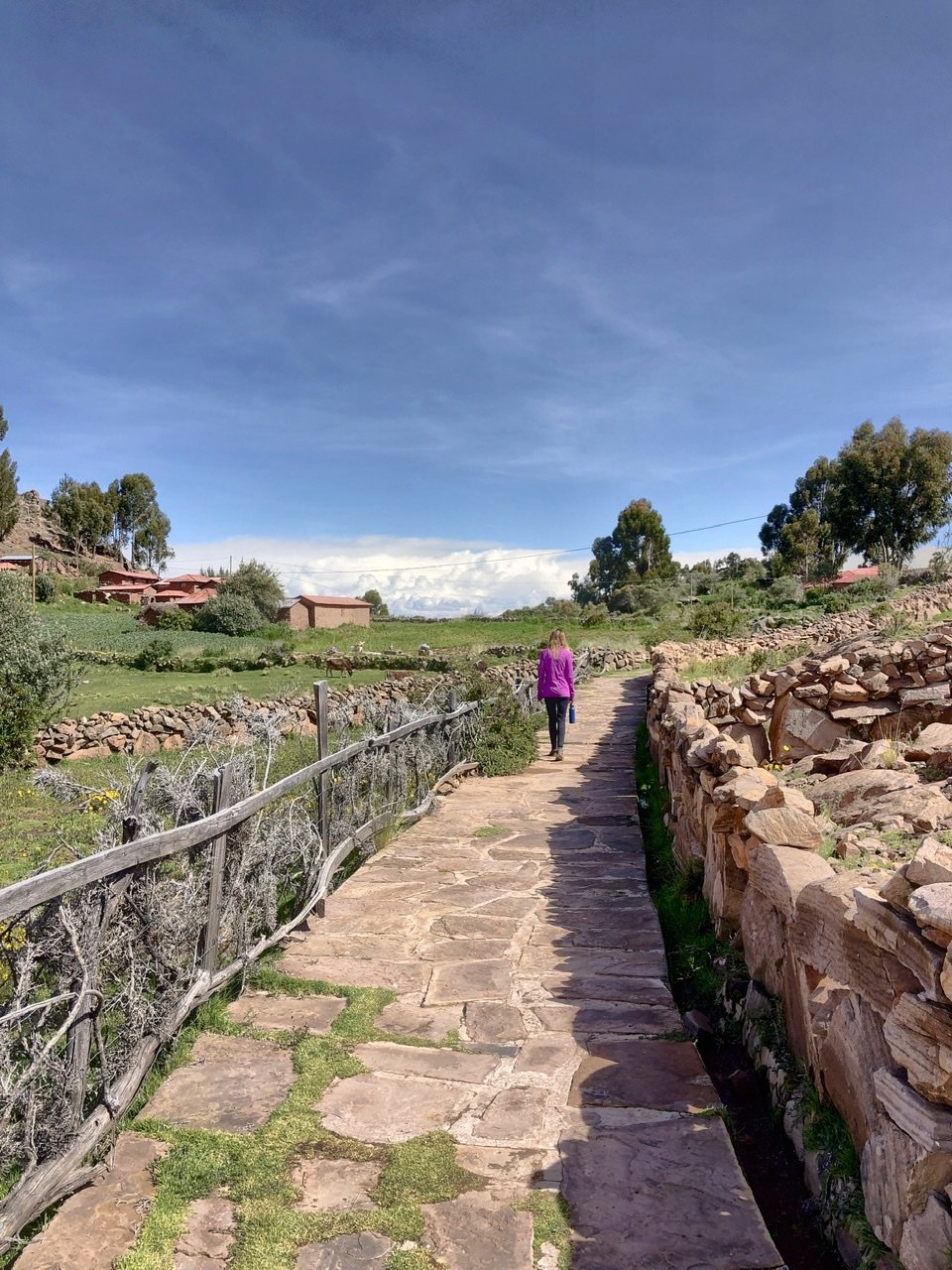
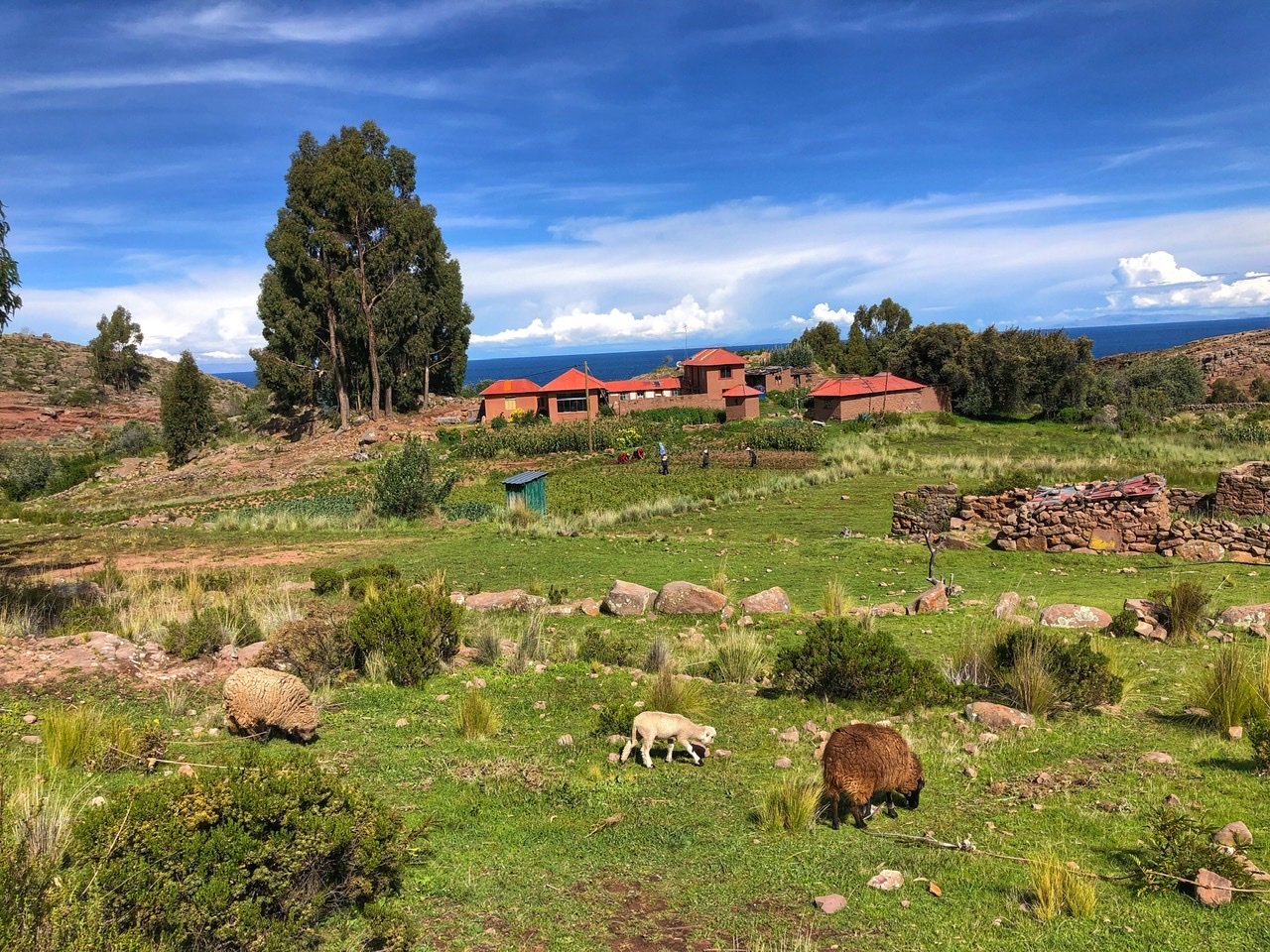
The island is utterly bucolic and truly whisks you to another time and place. It had an aura of UK meets Mediterranean meets Latin America. Only in the last year have they been in the process of providing electricity to the island. The place where we stayed only got theirs in the last three months. When we asked Alberto his thoughts on it, he said, ‘it’s good and bad. Good because we have electricity but bad because it’s really ugly and ruins the view.”
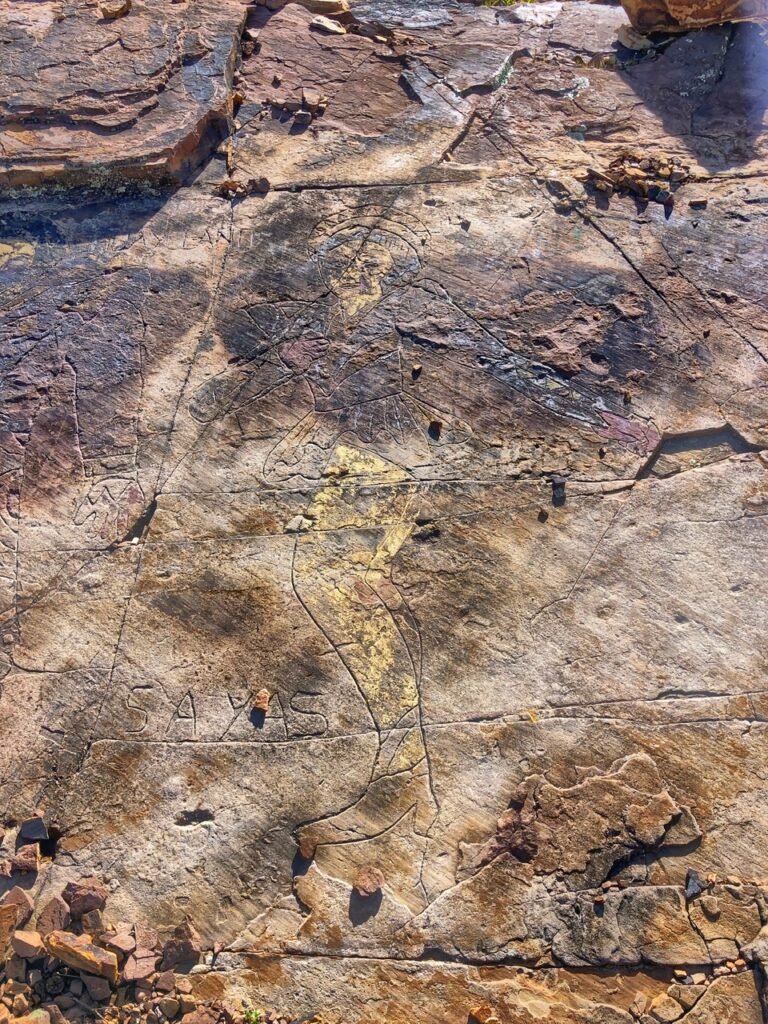
Ancient carvings on rock? They were probably from 2012. What do we know? Haha.

Throughout the island you will find gates with little men plopped on top. These statues represent the men with black sombreros we met upon our entrance. In addition to receiving the privilege of wearing cute hats and being jolly, the authorities are well respected and are elected volunteer positions.

Heading down one of the paths toward the lake.
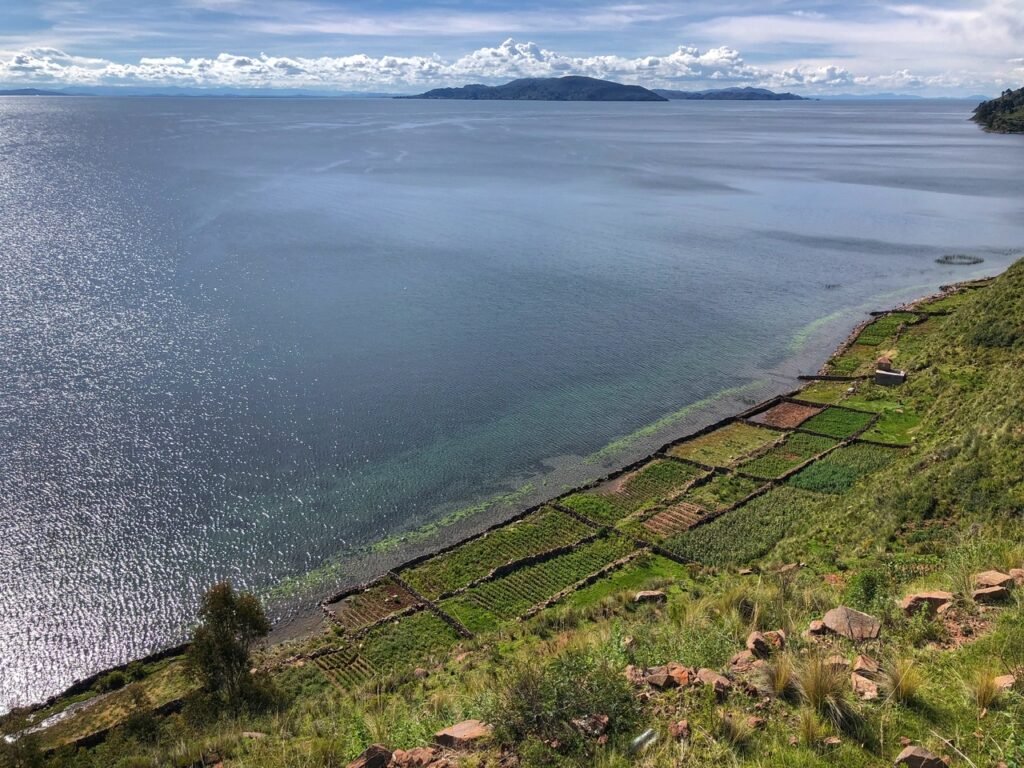
The entire island is terraced with crops of quinoa, potatoes and corn. There are also organized beds for crops down by the water’s edge.
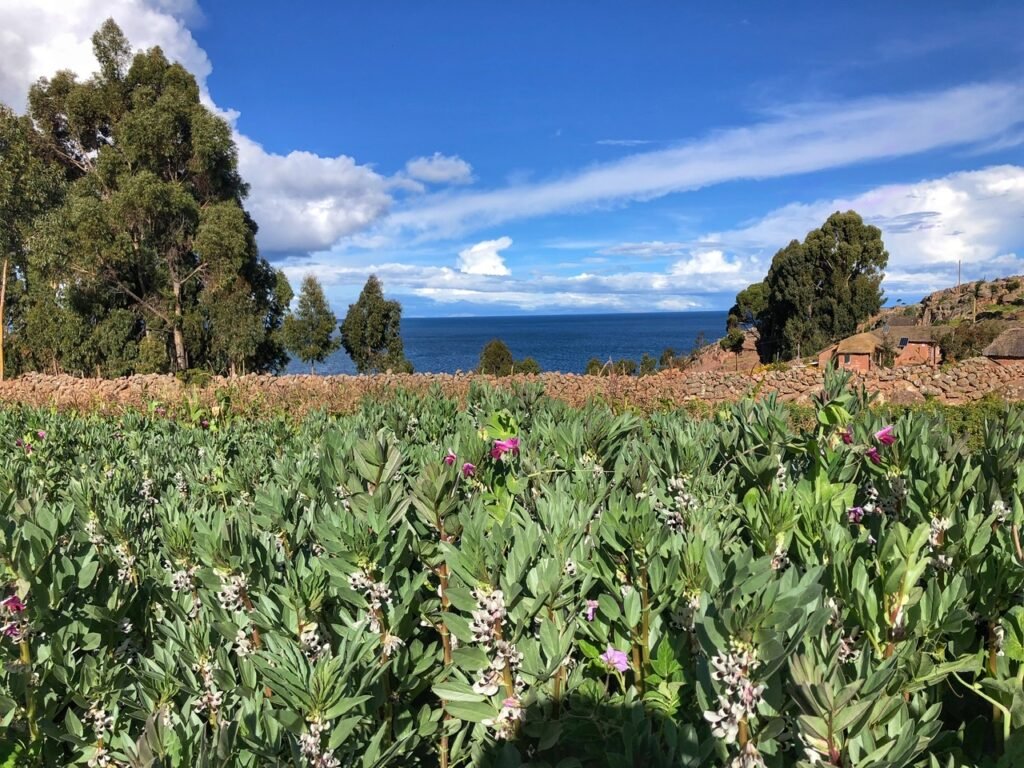
A field of quinoa. Who knew what this looked like in its natural form?
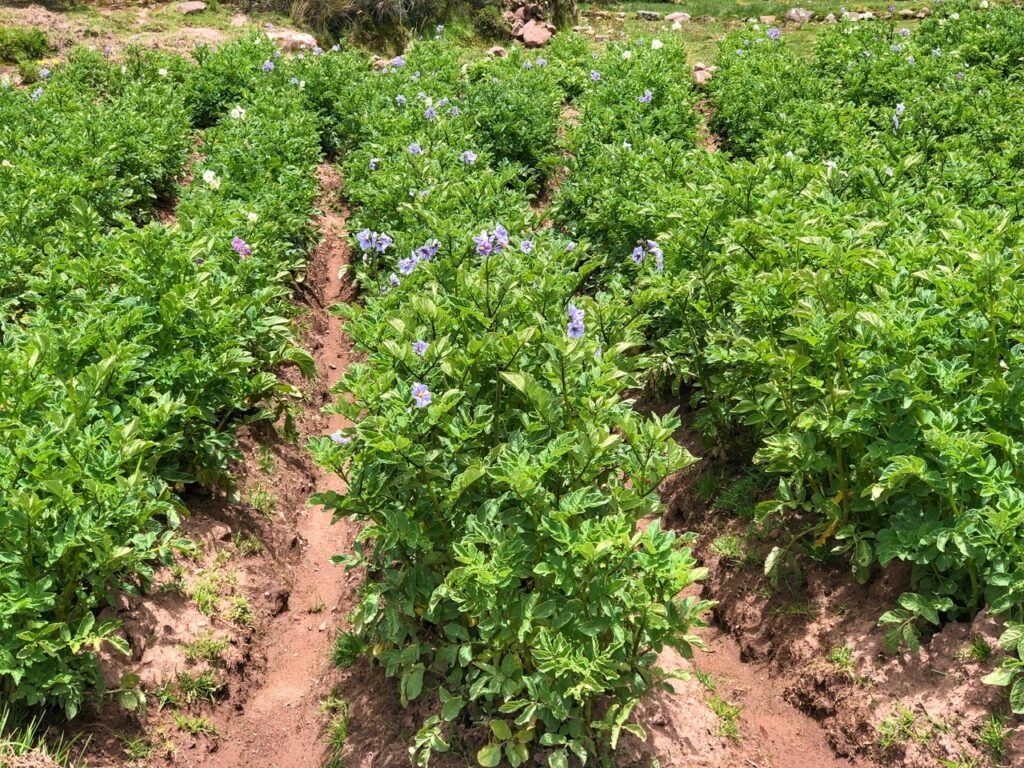
And who also knew potato flowers were so pretty?

The most southern point of the island. Google maps has a discoteca marked at the south end. Considering the entire island has very little commercial development, this is quite hilarious, and obviously fake news.

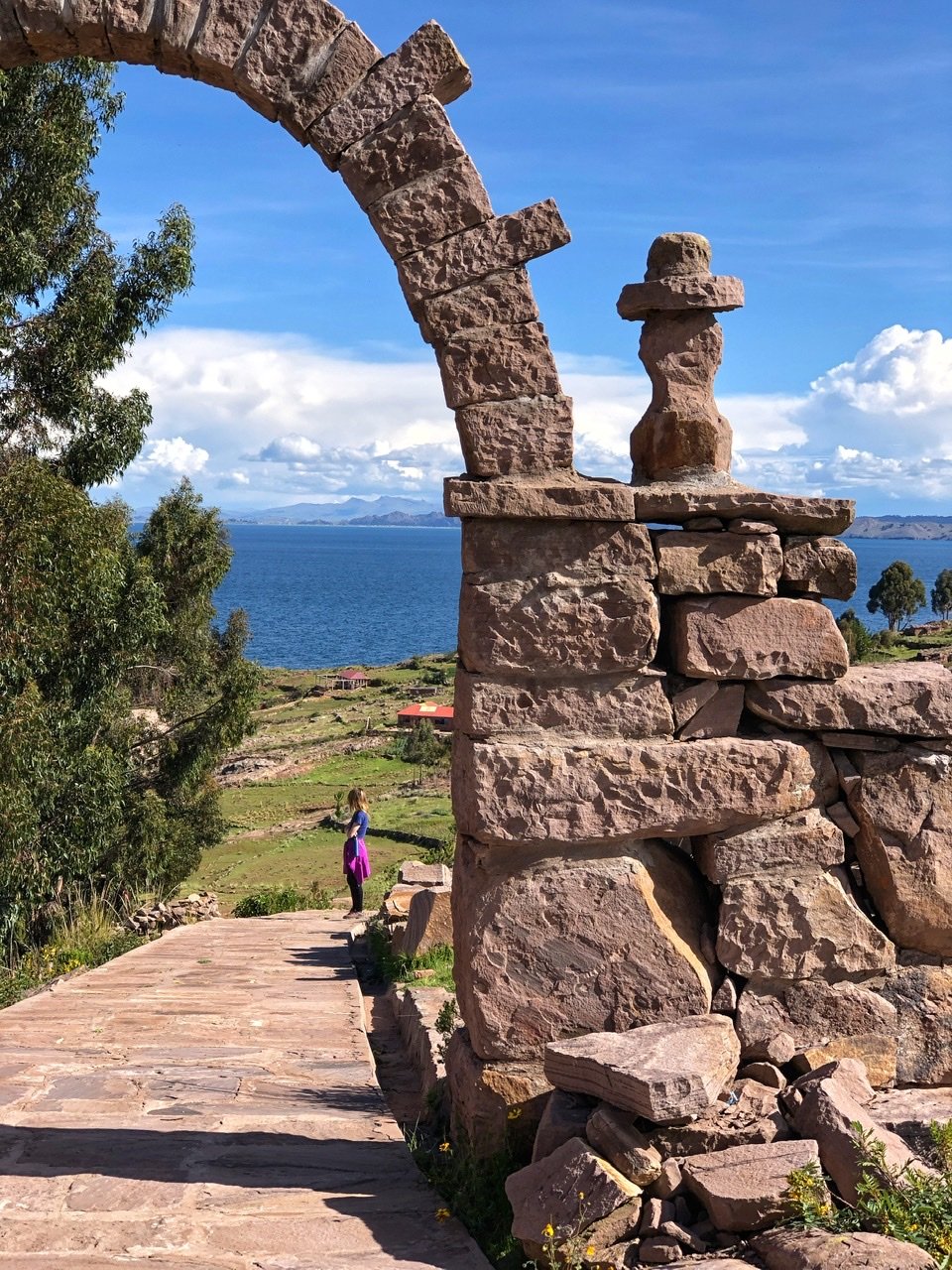
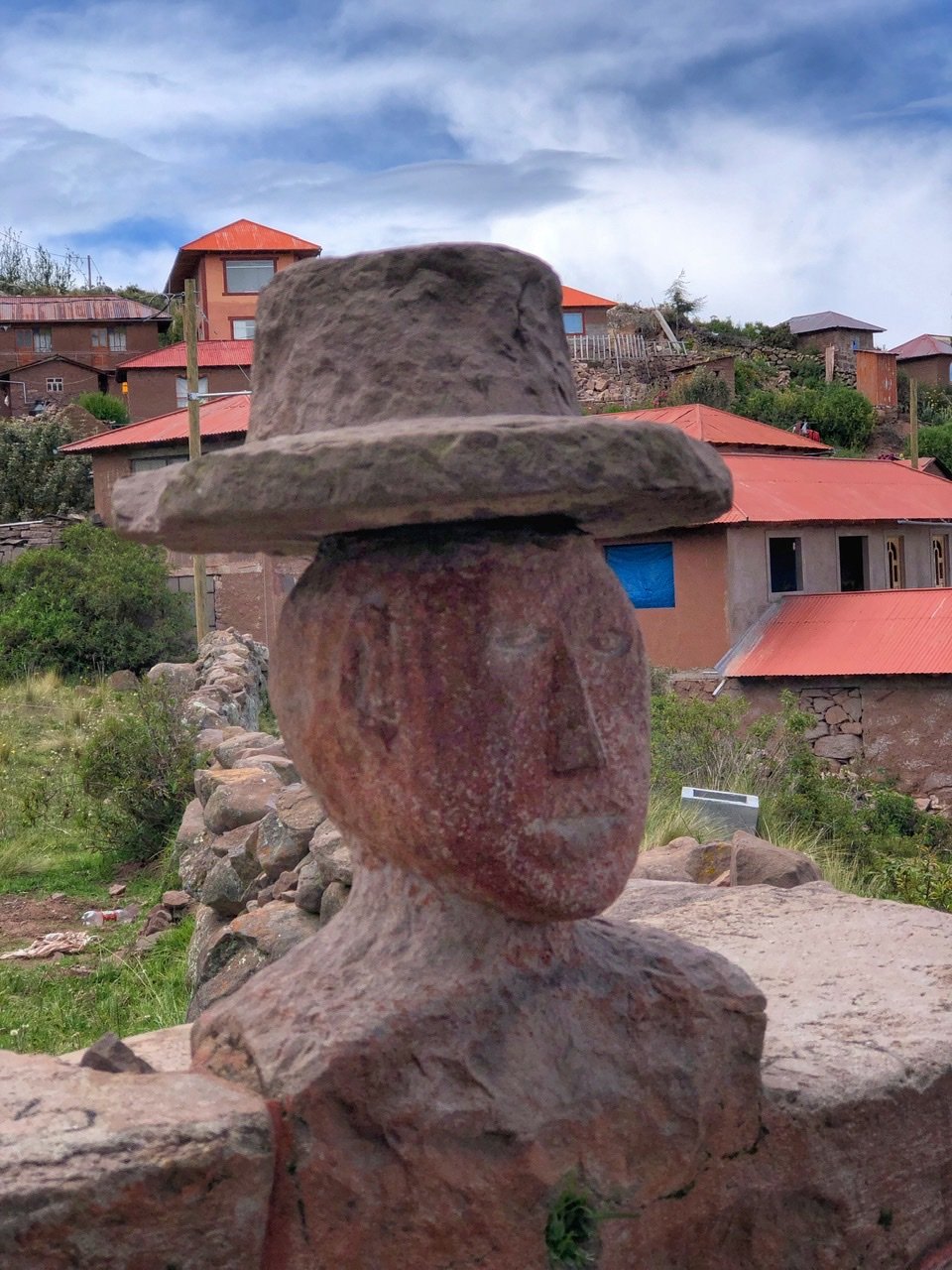
You can almost see a hint of a smile.


Arriving to the biggest beach on the island. It’s mystifying because when you look out from this perspective, it appears as though you’re on an actual ocean. It was completely empty and all ours…
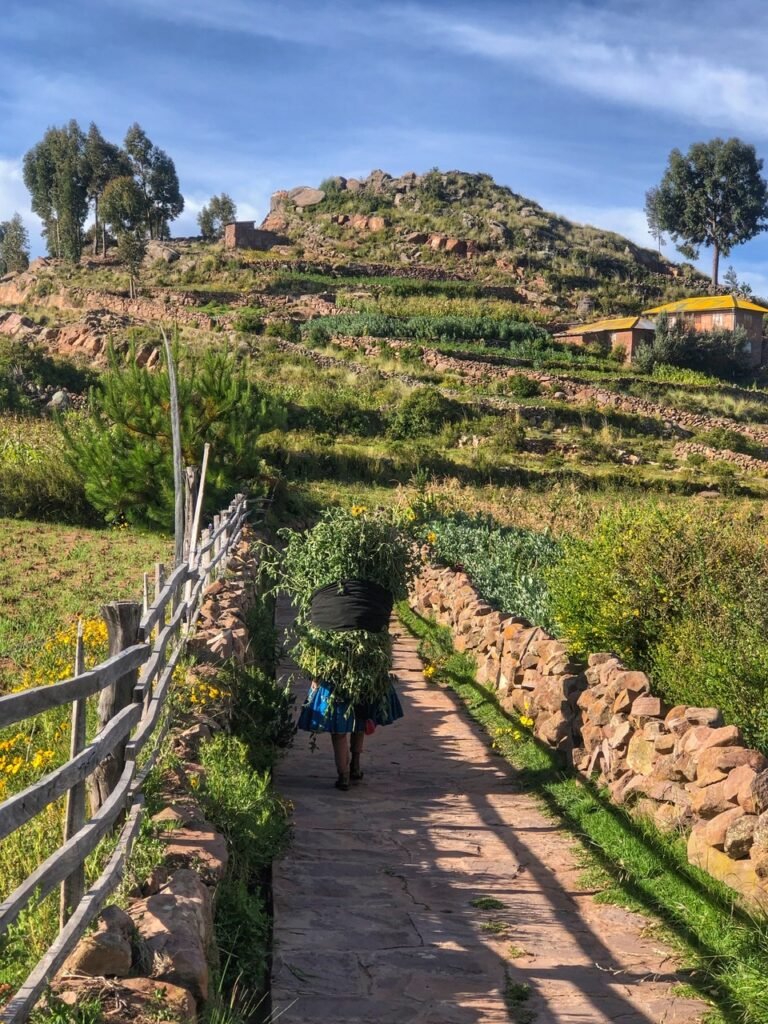
Heading back on the path, we encountered a woman who seemed about 70 carrying a massive load of vegetation on her back.

In some places, it appears as though the path will pour you directly into Titicaca.

This island is a walker’s paradise.
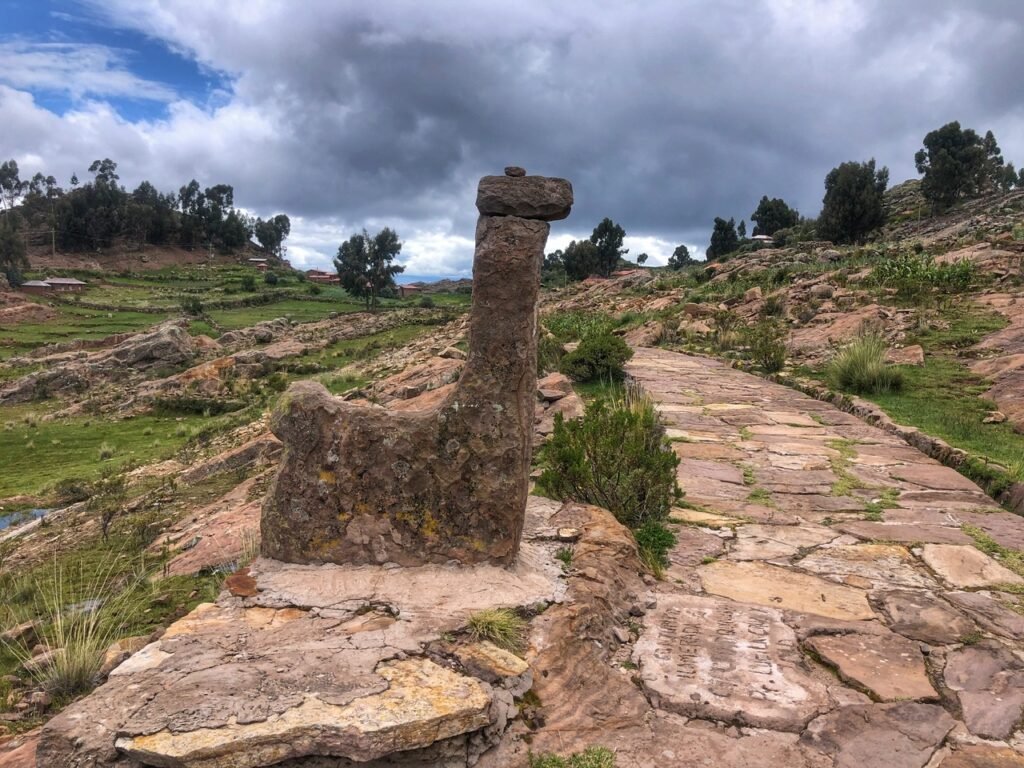
A statue paying homage to the llama. Which is interesting, because there are no llamas on the island. Only sheep, cows, chickens and birds. In fact, we read beforehand that the community decided that there are no dogs allowed on the island. After eight months of traveling in Latin America, this silence was a welcome retreat for us. However, we were then quite surprised to hear a bark on one of our walks. When we asked Alberto about it, he didn’t seem thrilled that this “abuelo” had been given special permission. His response was he didn’t understand why the dog was needed…the island is very safe so you don’t need it for security, and all it does it make noise. They clearly value the stress-free silence on the island and even the children play in hushed tones. The loudest thing we heard on the island was an American tourist yelling at another American about spicy Cheetos in the store. Not even kidding.

Walking from the south part of the island to the plaza, where “all” the action takes place.
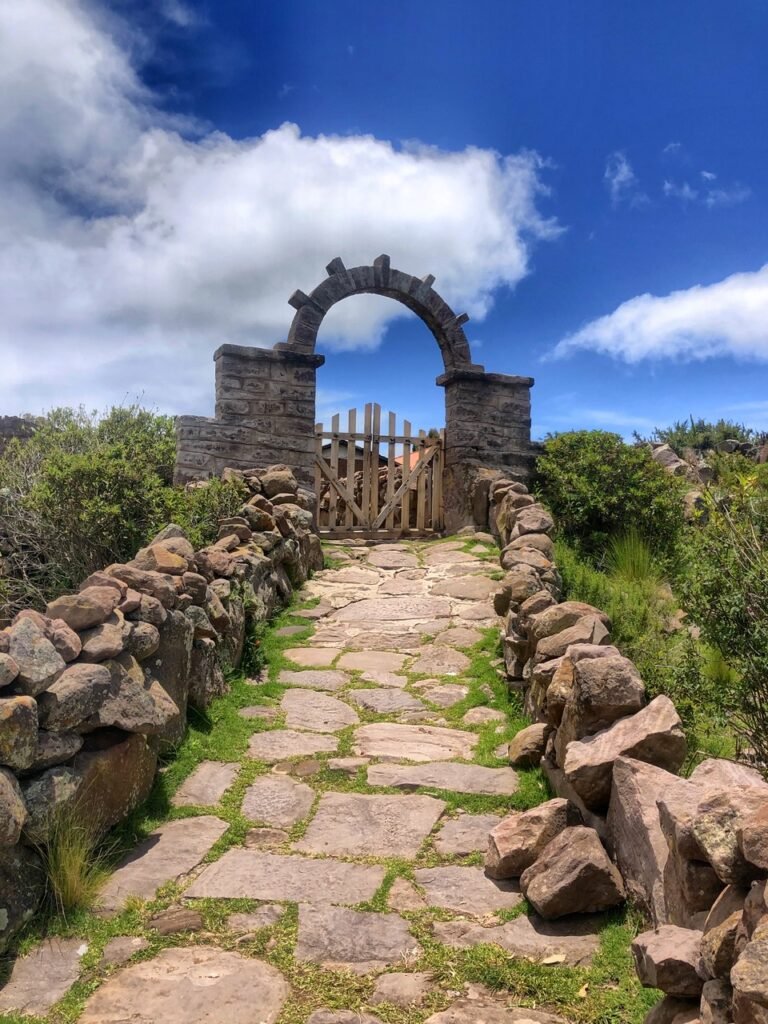
Another gate which sections off the island. For an unknown reason.
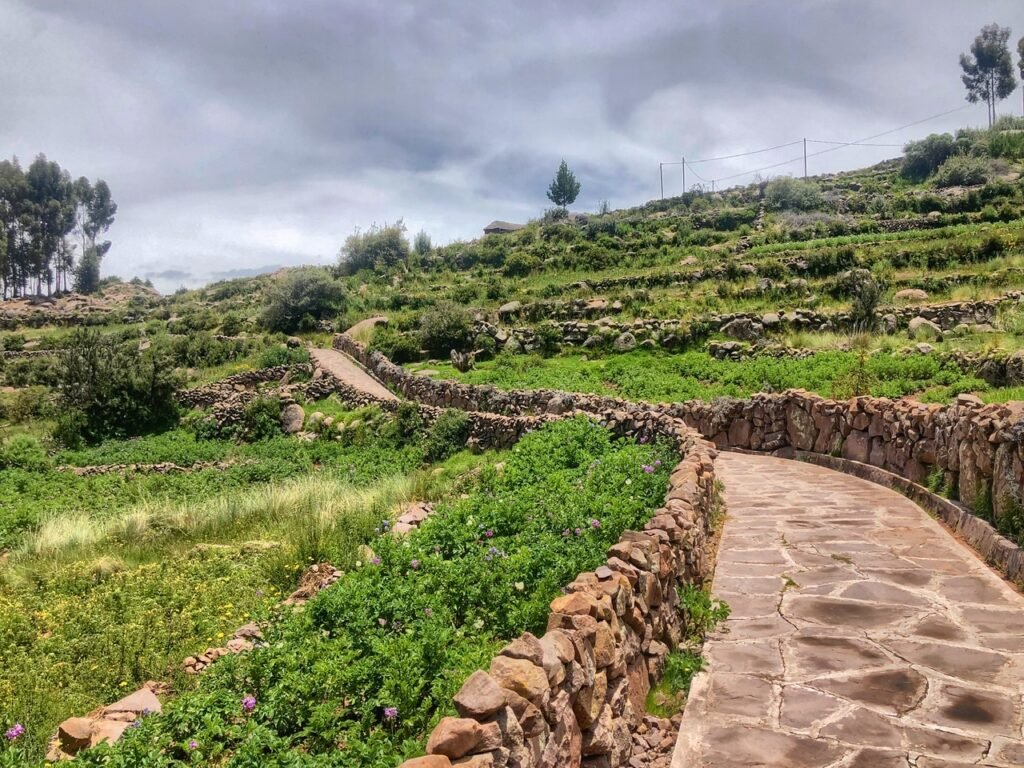
This photo is like stepping into rural England.
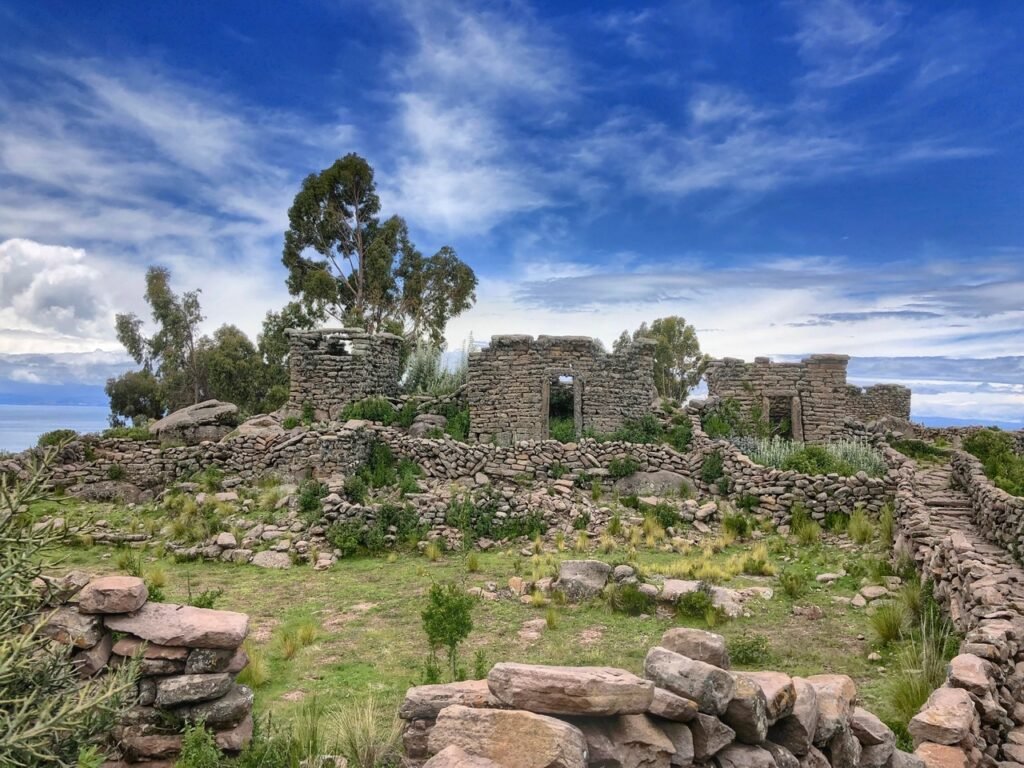
Taquile even has a set of pre-Incan ruins called Uray Q’Ari which we accidentally stumbled upon.
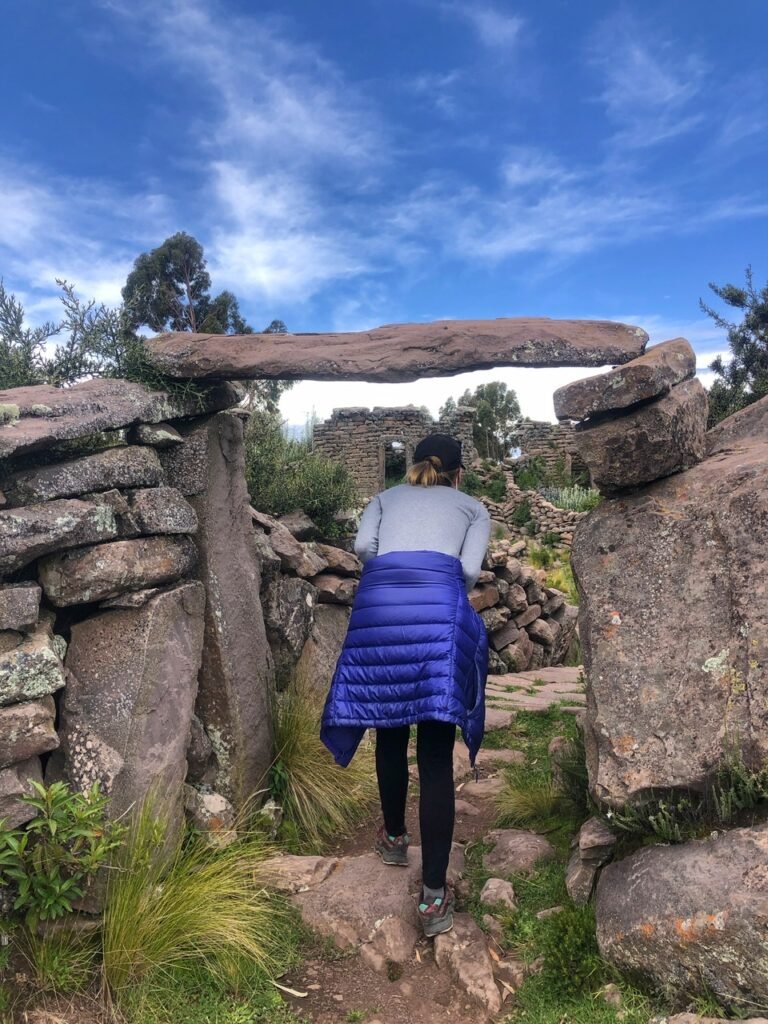
These doorways were certainly not meant for gringa giants like Mandy.

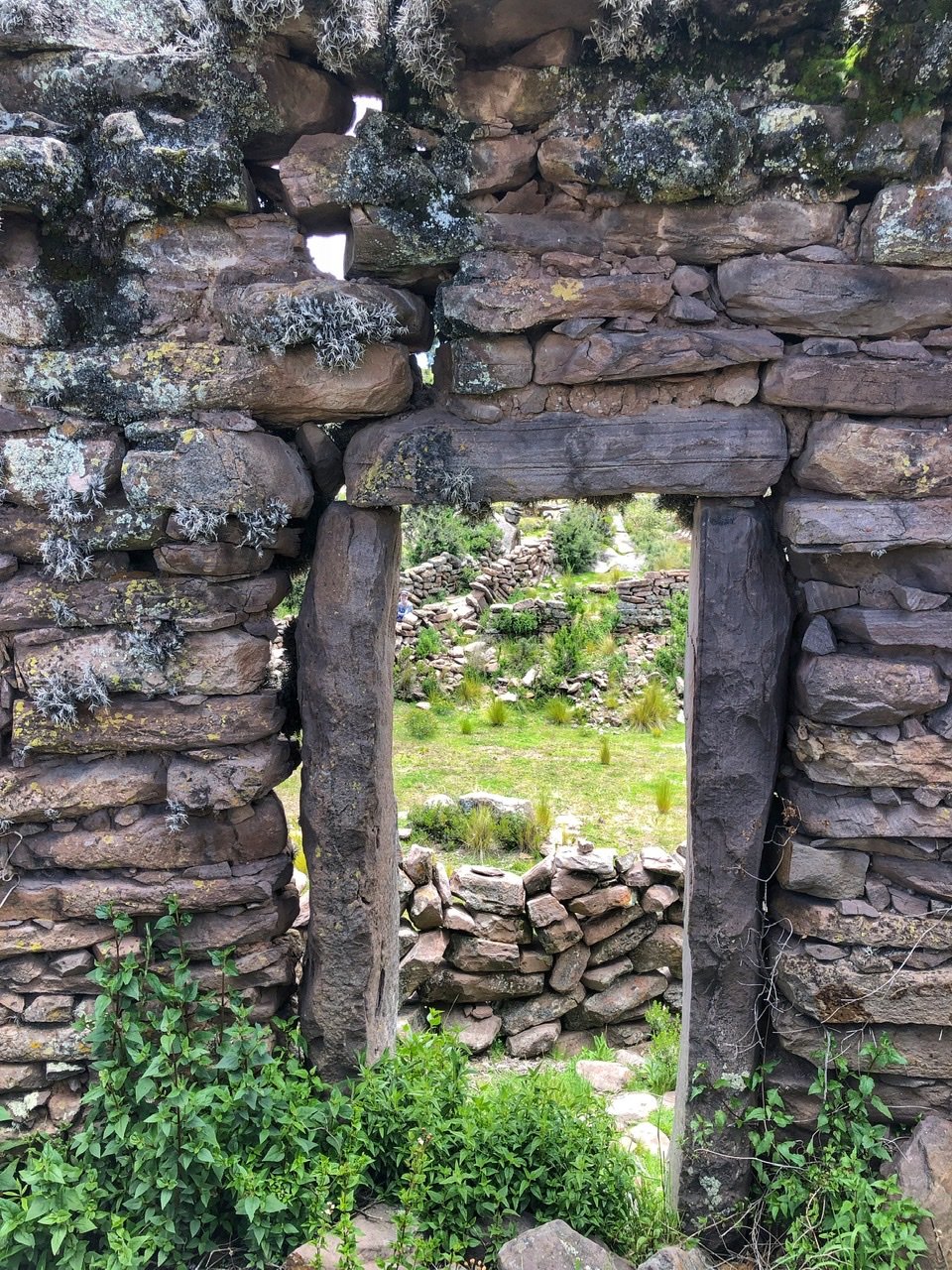
Nature taking over. What a serene place to roam.
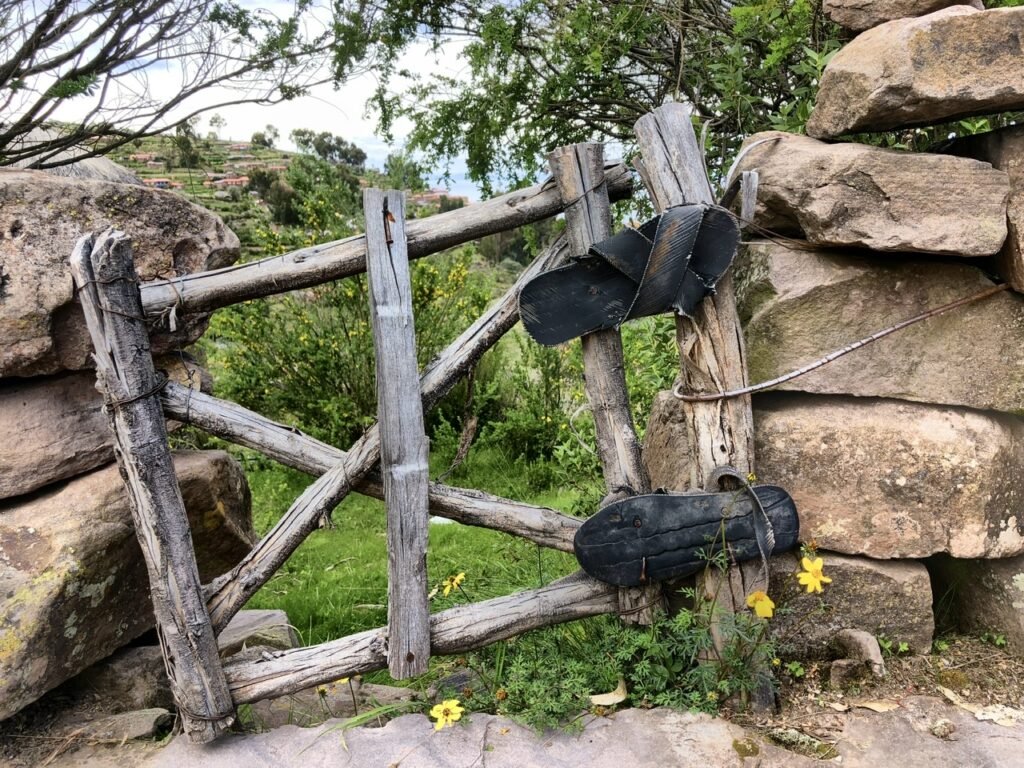
We noticed that many of the gates on the islands brilliantly used repurposed sandals as hinges. And, before they were sandals, they were tires. Since they don’t have cars, this is a bit of a head scratcher though. Must be from manual carts.
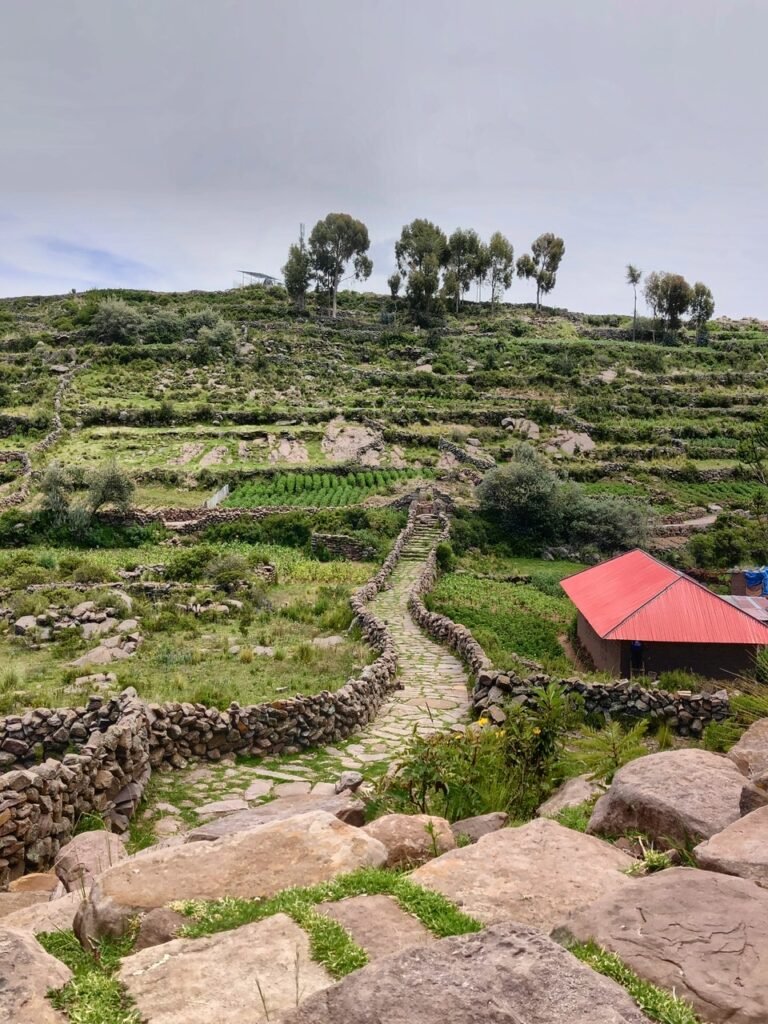
Nothing needed but your own two feet.
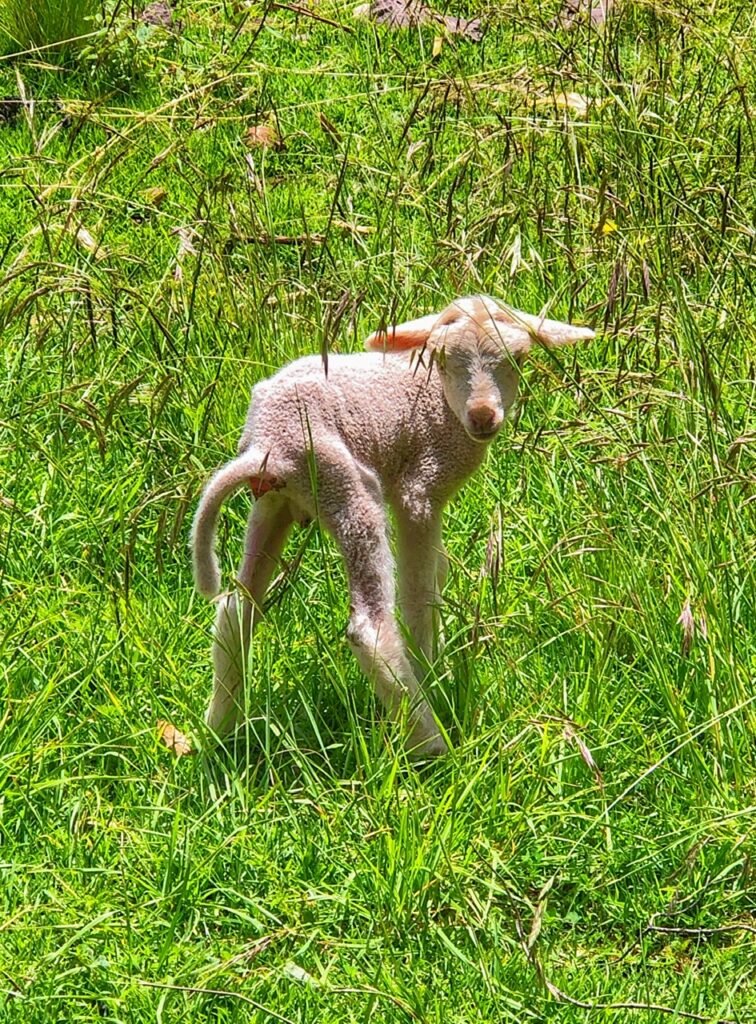
This little lamb was practically newborn.
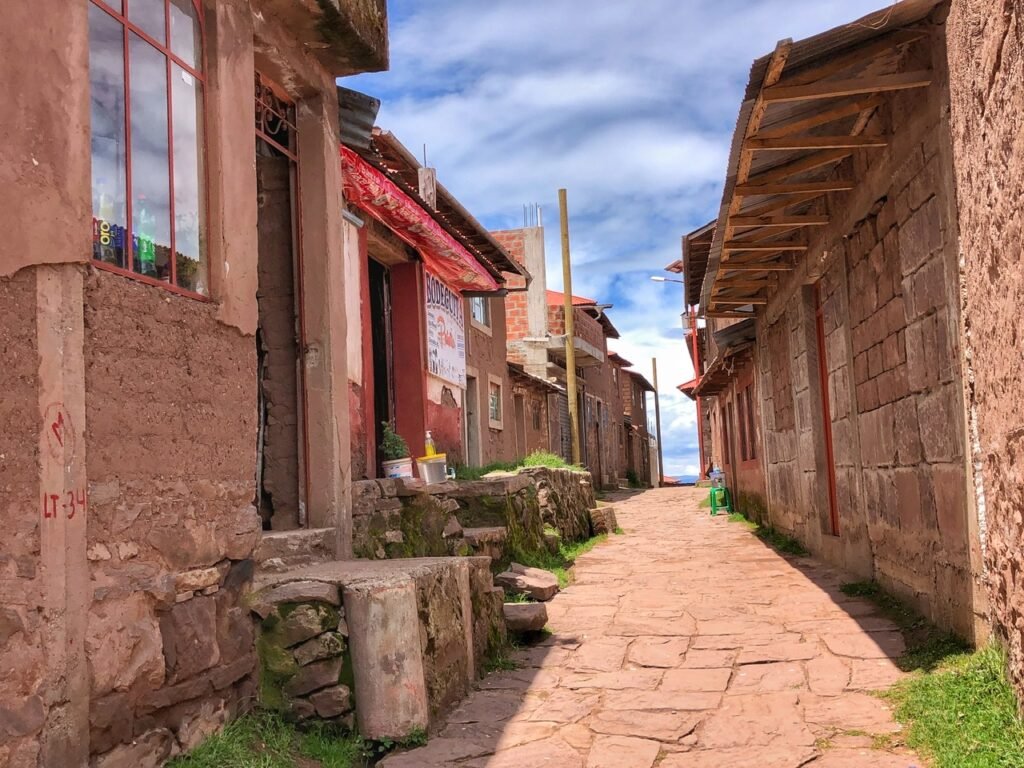
Heading into “town” we began to see a number of artisanal vendors set up for tourists, as well as a couple small markets…the first form of commerce we’d seen. We were able to buy some Peruvian dried beans (a snack), some bananas and perhaps some of the worst ice cream we’ve ever had. ? Needless to say, we’re relying heavily on the few restaurants in the community to fulfill our hunger on the island.
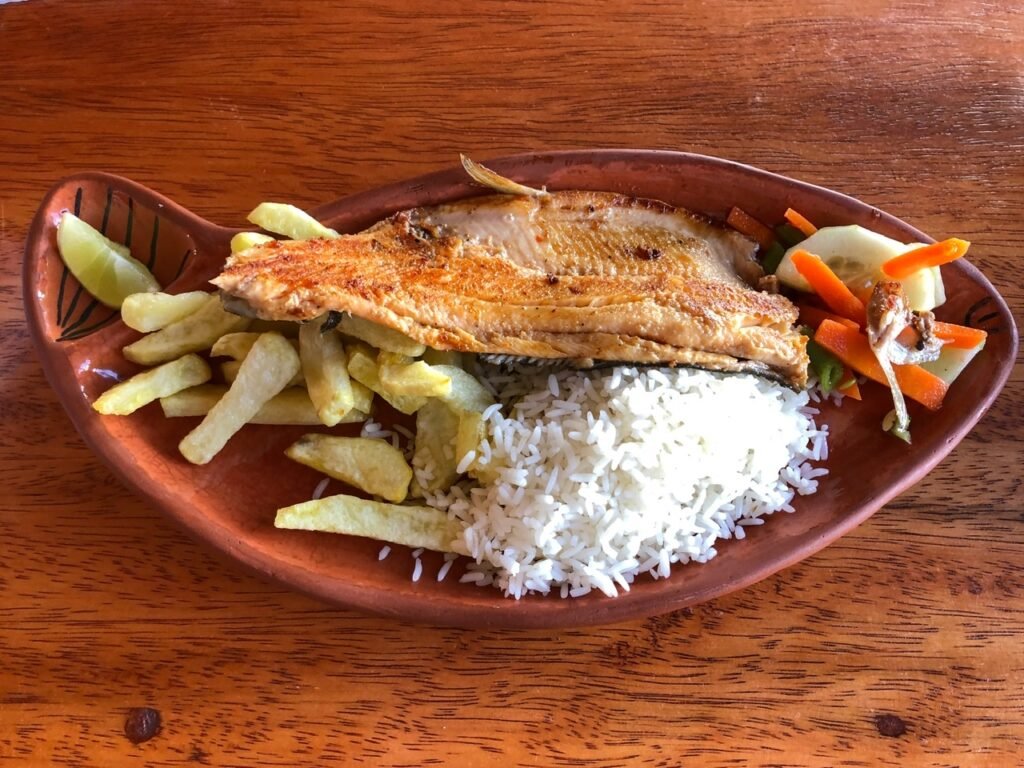
And for the record, all meals are virtually the same. We’re practically growing gills. Lunch is always trout with the head removed for the tourists, for 20 sols ($5) and dinner is vegetables, rice or eggs.
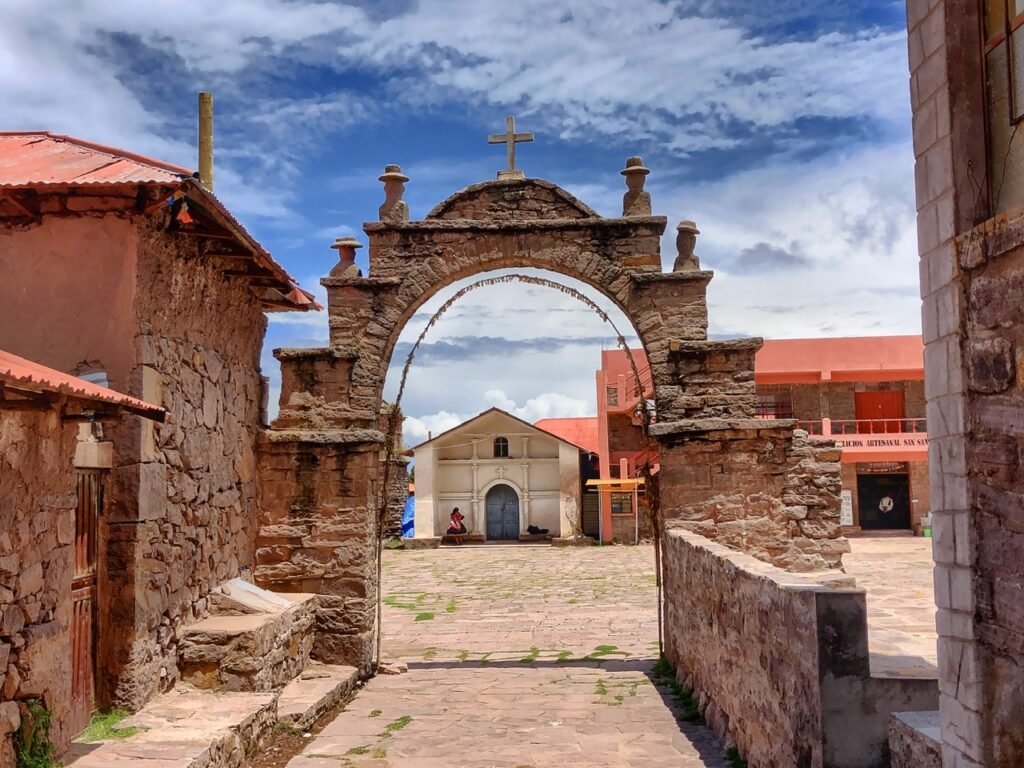
The entrance to the Plaza de Armas, completely with the little man authorities on the arch. If we hadn’t heard the truth, we might presume it was a little “Big Brother” around here.
Traditional musicians performing for the daily tourists in the square.
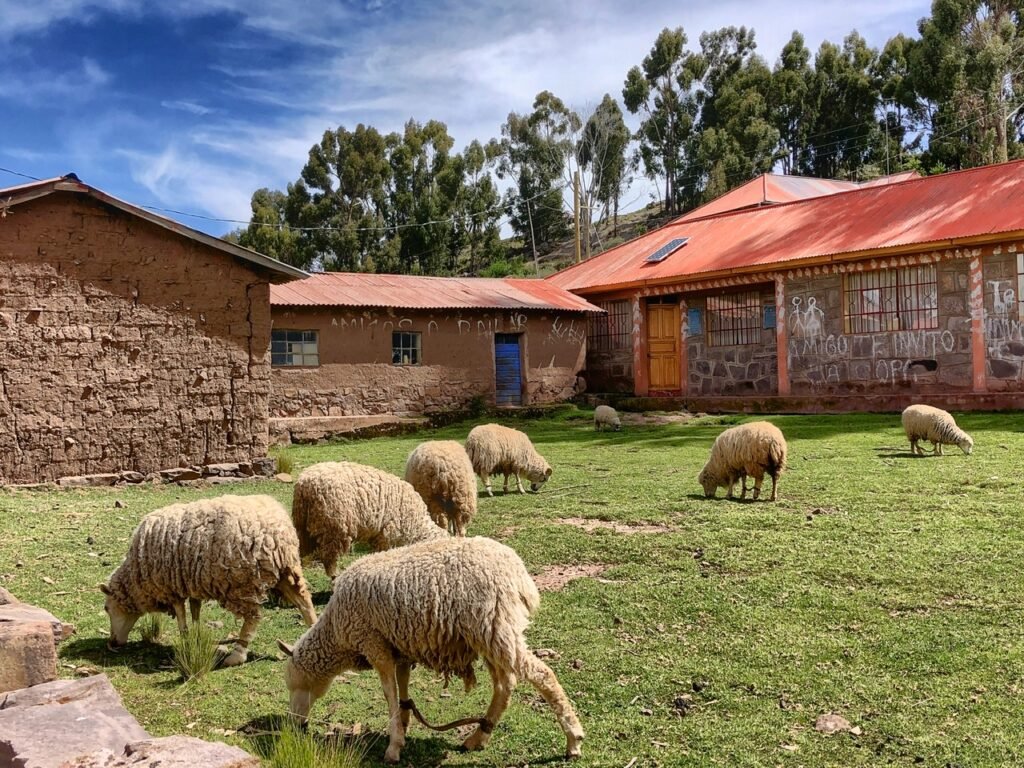
Counting ovejas near the schoolyard. It seems like there as many sheep as people on the island.

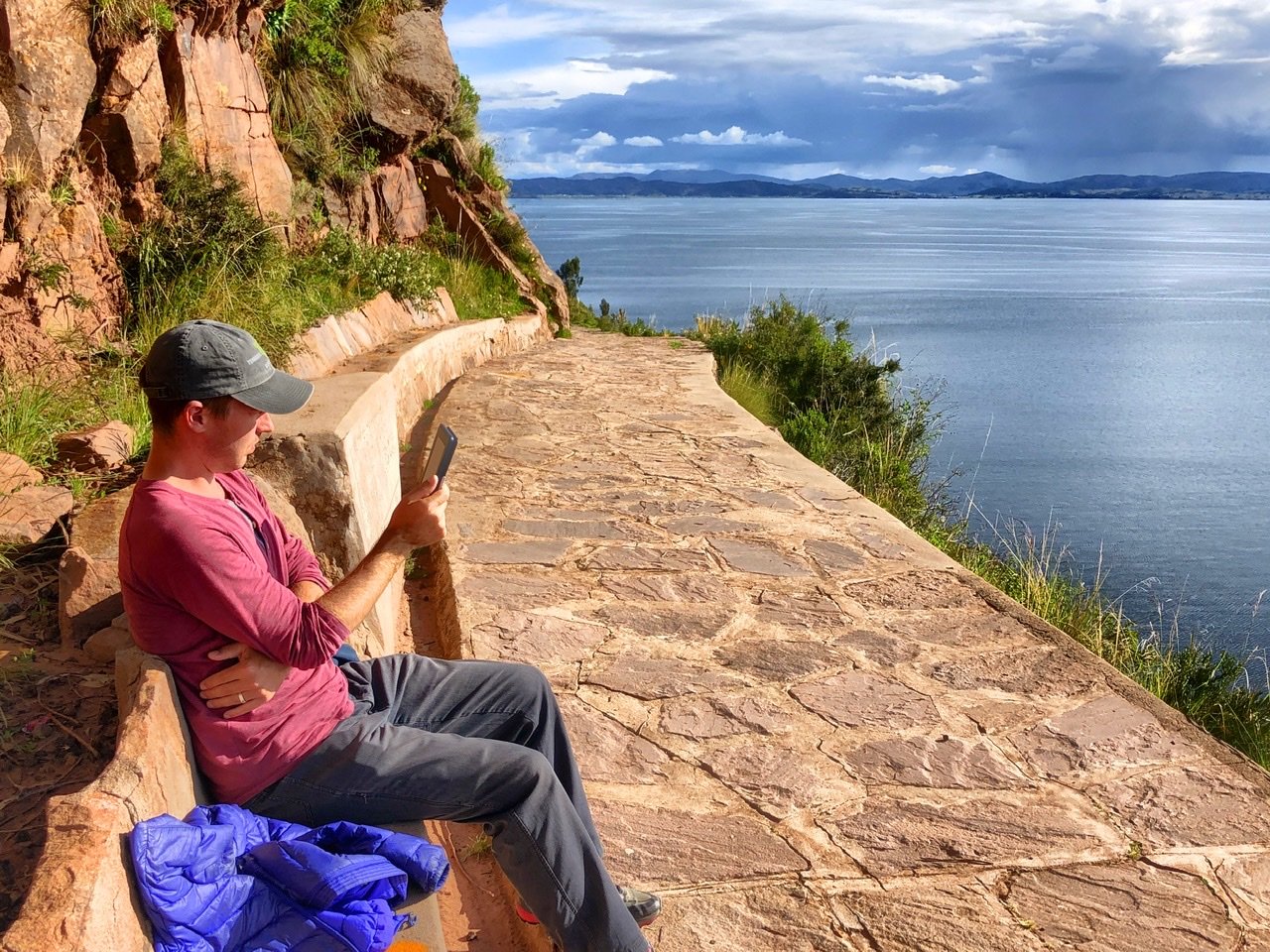
Since we didn’t have WiFi or cellular service at our accommodation, we had to commute by walking 20 minutes up the hill to receive it. This was our view from Greg’s “office.”

Alberto gave us a free lesson in Spanish on the traditional clothing worn in the island. What is the most fascinating about the clothing is, it’s not just for show, or tourism. They still wear it, even working in the fields, and abide by it every day. We’ve already mentioned the black hats for the authorities. Also, regular civilians wear certain clothing items, particularly hats, based on their marital status, gender and age. In this photo, 29-year-old Alberto wears a traditional outfit for a married man. The man also wears a co lorful bag (not pictured). Inside the bag, he carries coca leaves, which serve as a form of “social currency” and are exchanged anytime he passes another man on the pathway; it is basically a reason to interact with others. The belt Alberto is holding is worn instead of wedding rings. The striped section represents a man, which he wears when he is single, and the imprinted one is for a woman. When they get married, the two belts are sewn together and the husband begins wearing both overlaid on top of one another.
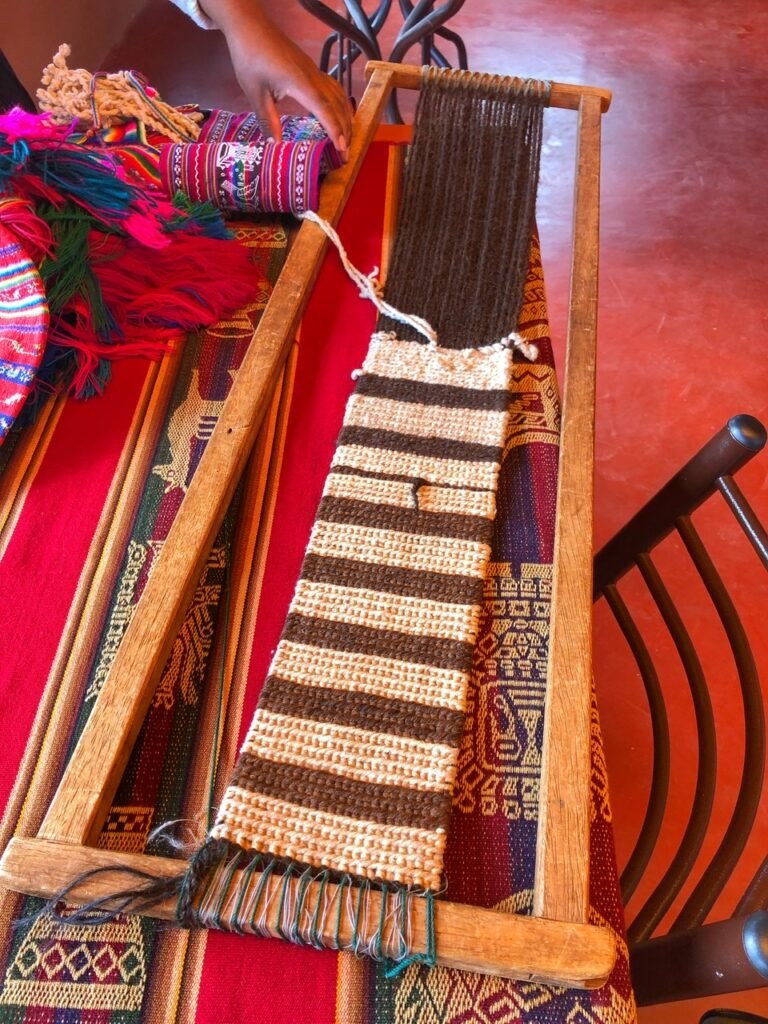
What is even more interesting, is the striped man’s belt is created anew for the marriage ceremony. It is weaved with sheep wool (the white part) and the woman’s actual hair (the brown part), which is cut off for the ceremony.

A pile of traditional ware. The belt at bottom is worn by a married woman, and the hat at top by a married man.
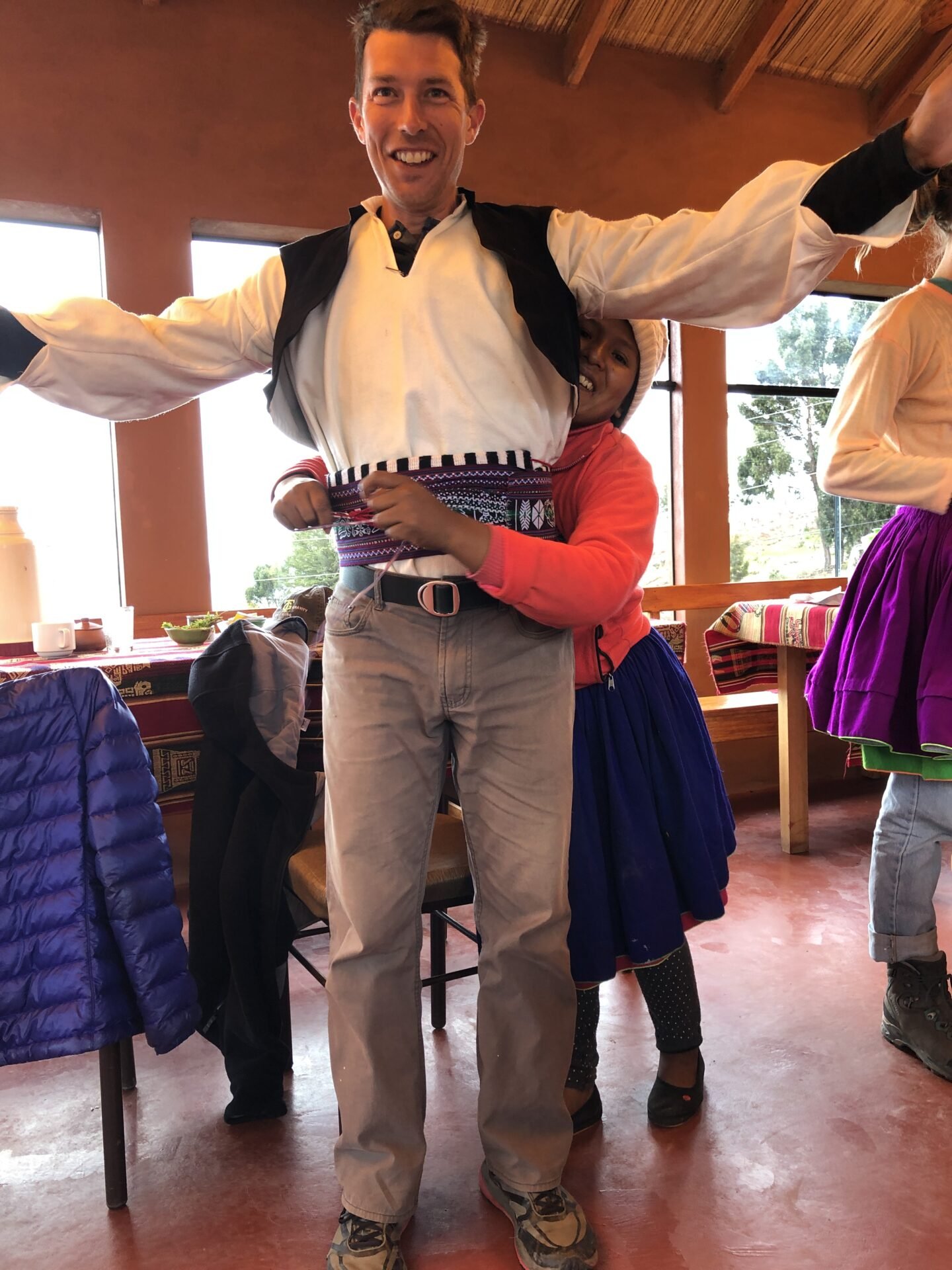

And then….as on Uros, Alberto gave us an icing on the cake opportunity to become Taquilenos! Or, in Greg’s case…what appears to be an ice dancer.
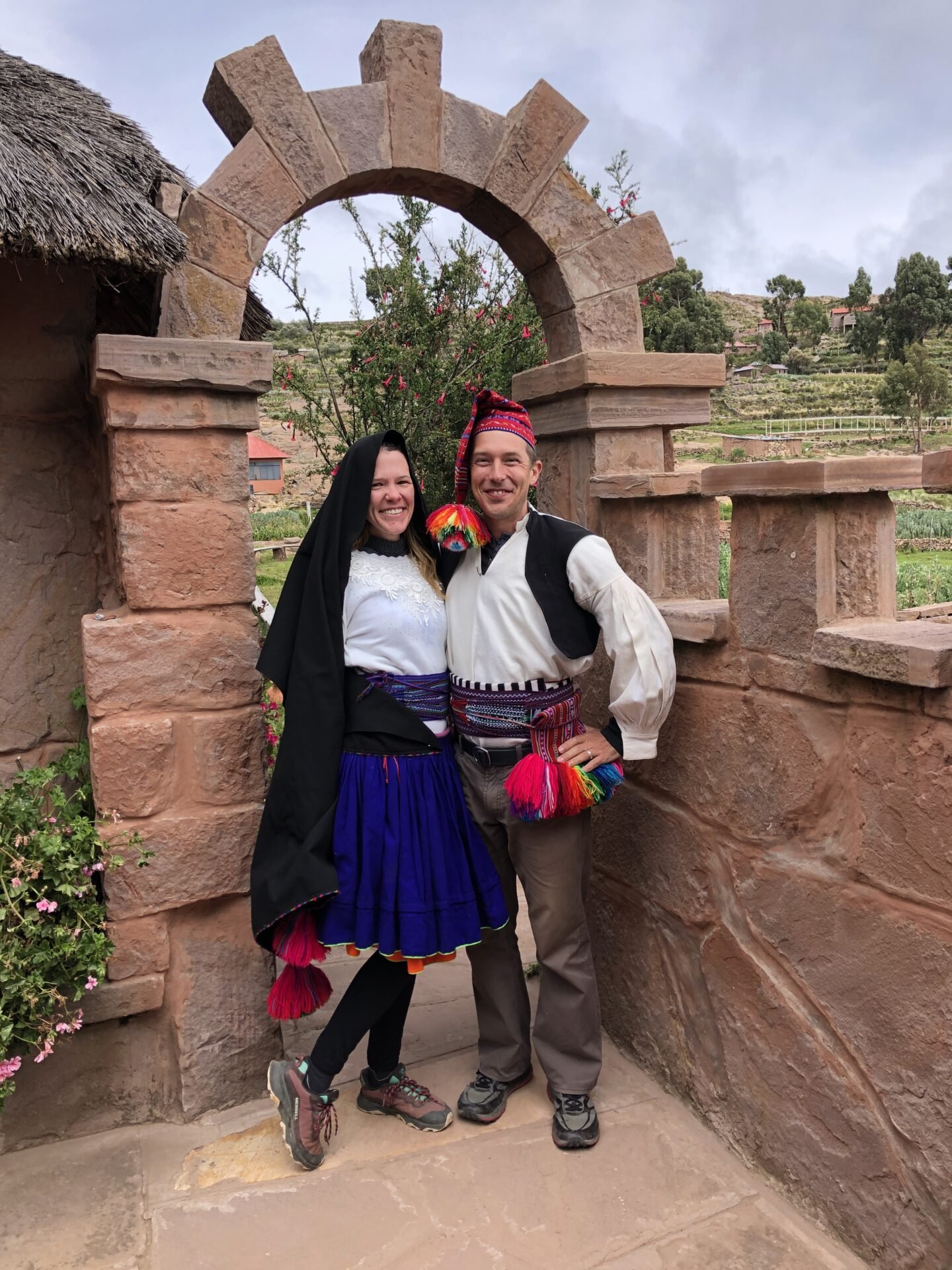
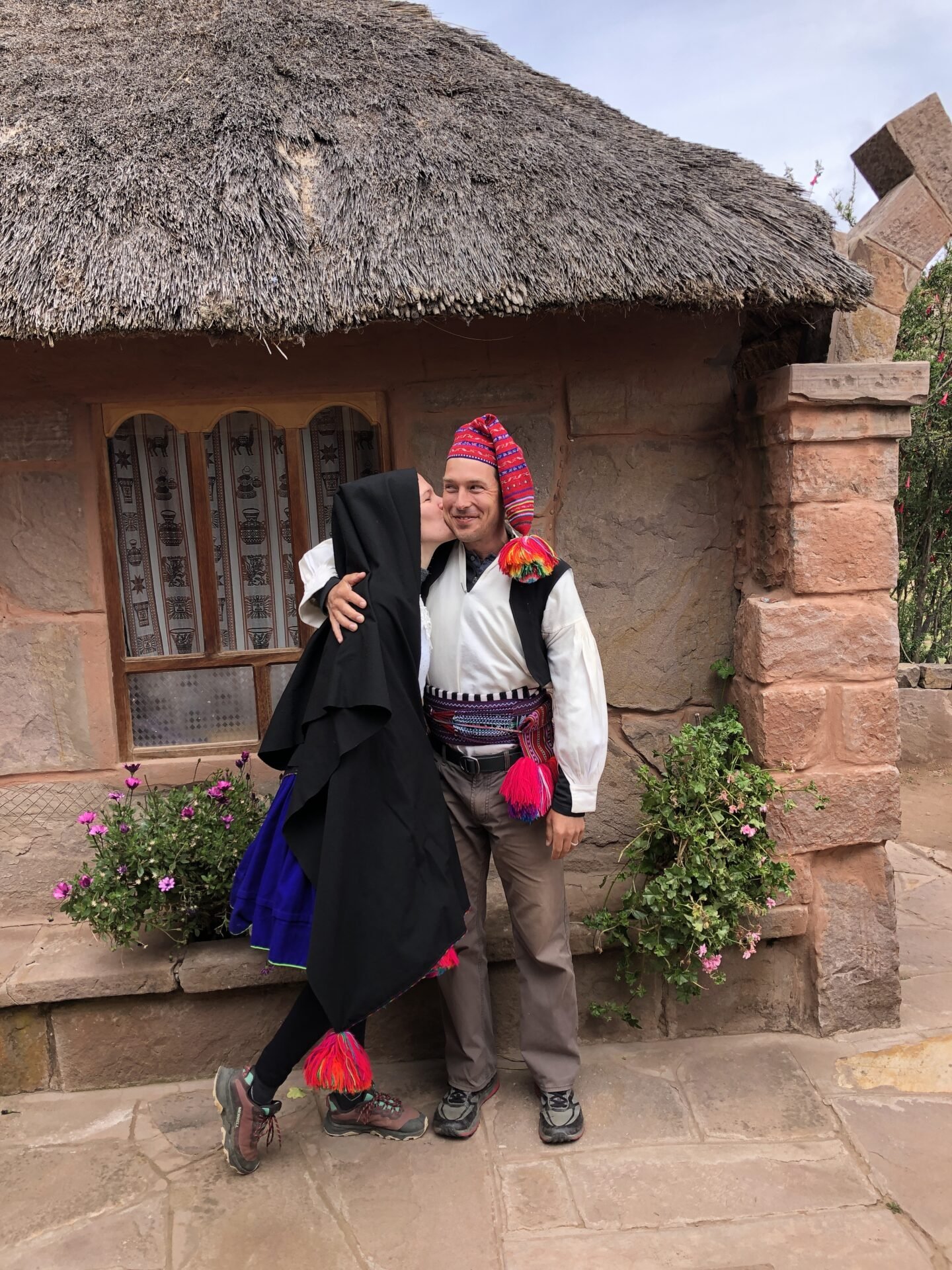
The Chasenos.
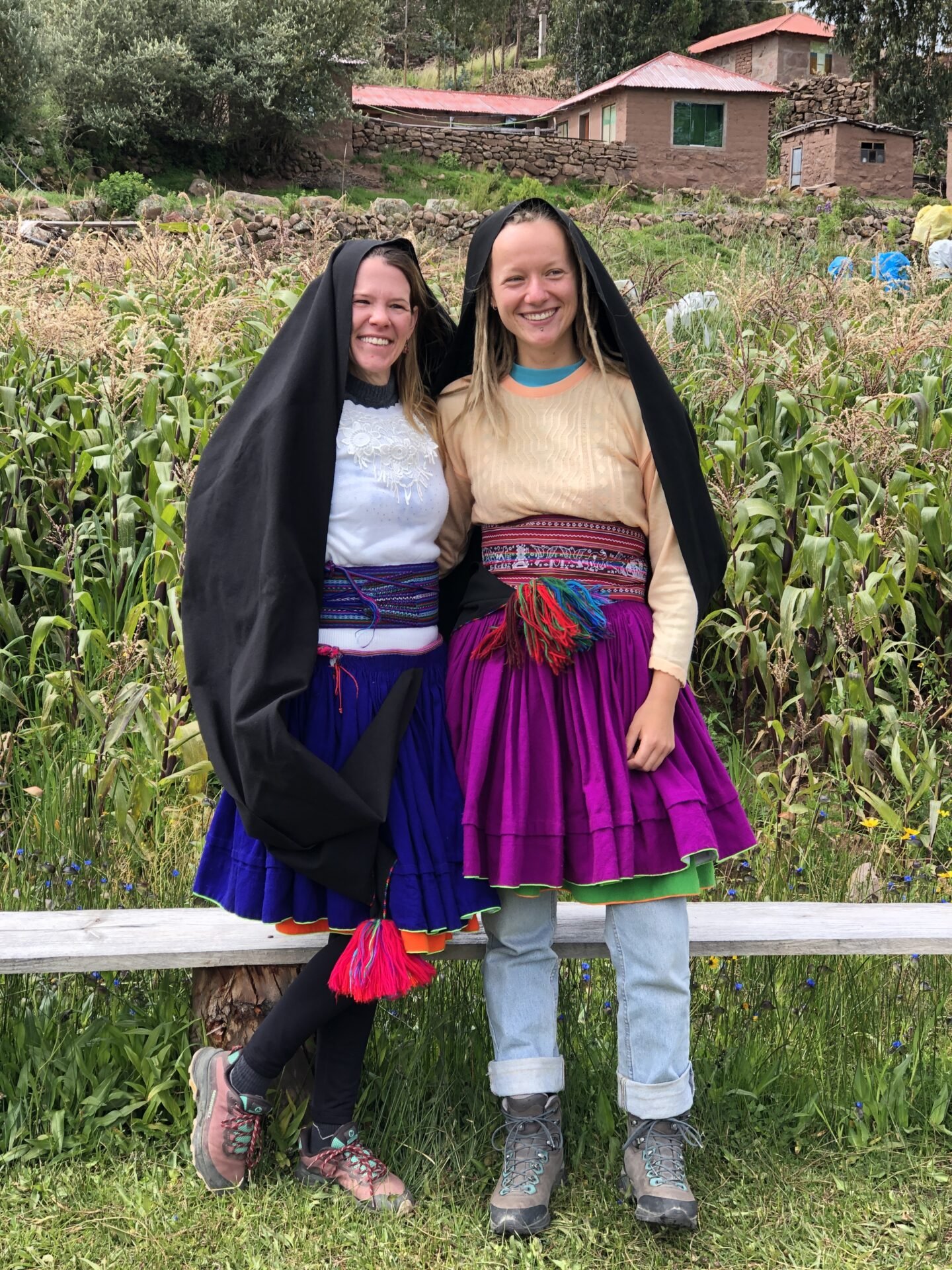
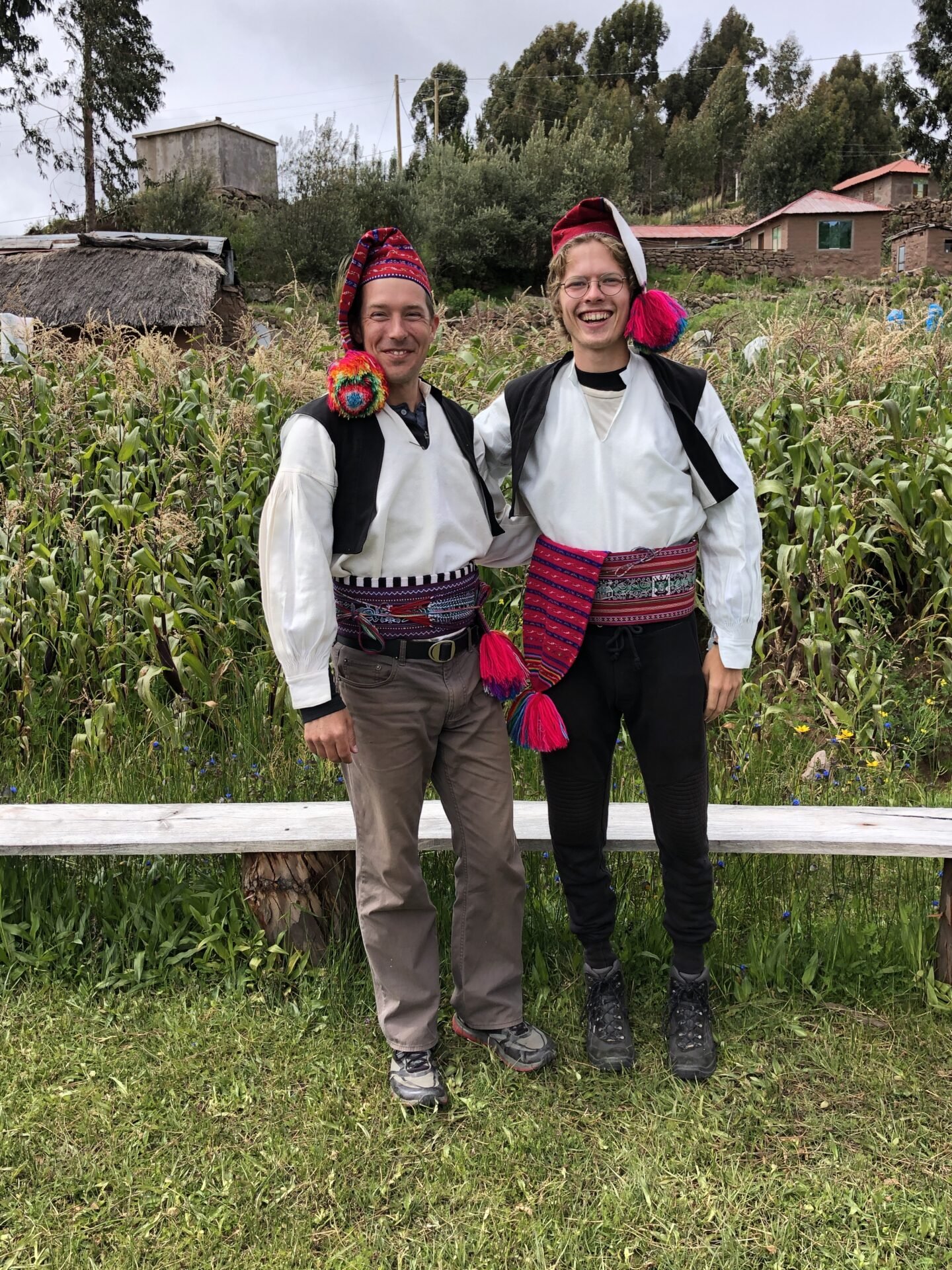
Posing with fellow travelers and new friends, Henri and Leoni from Germany.
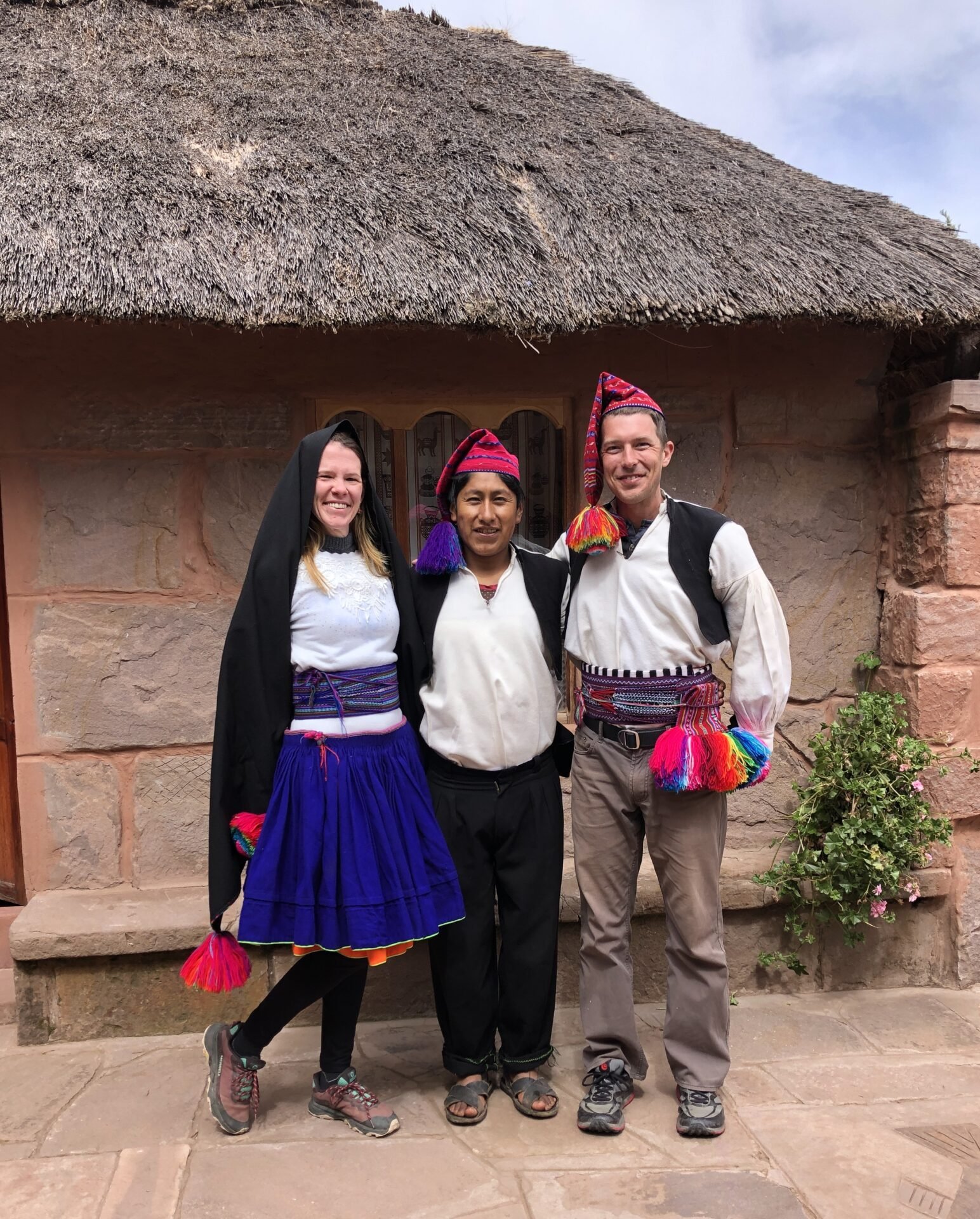
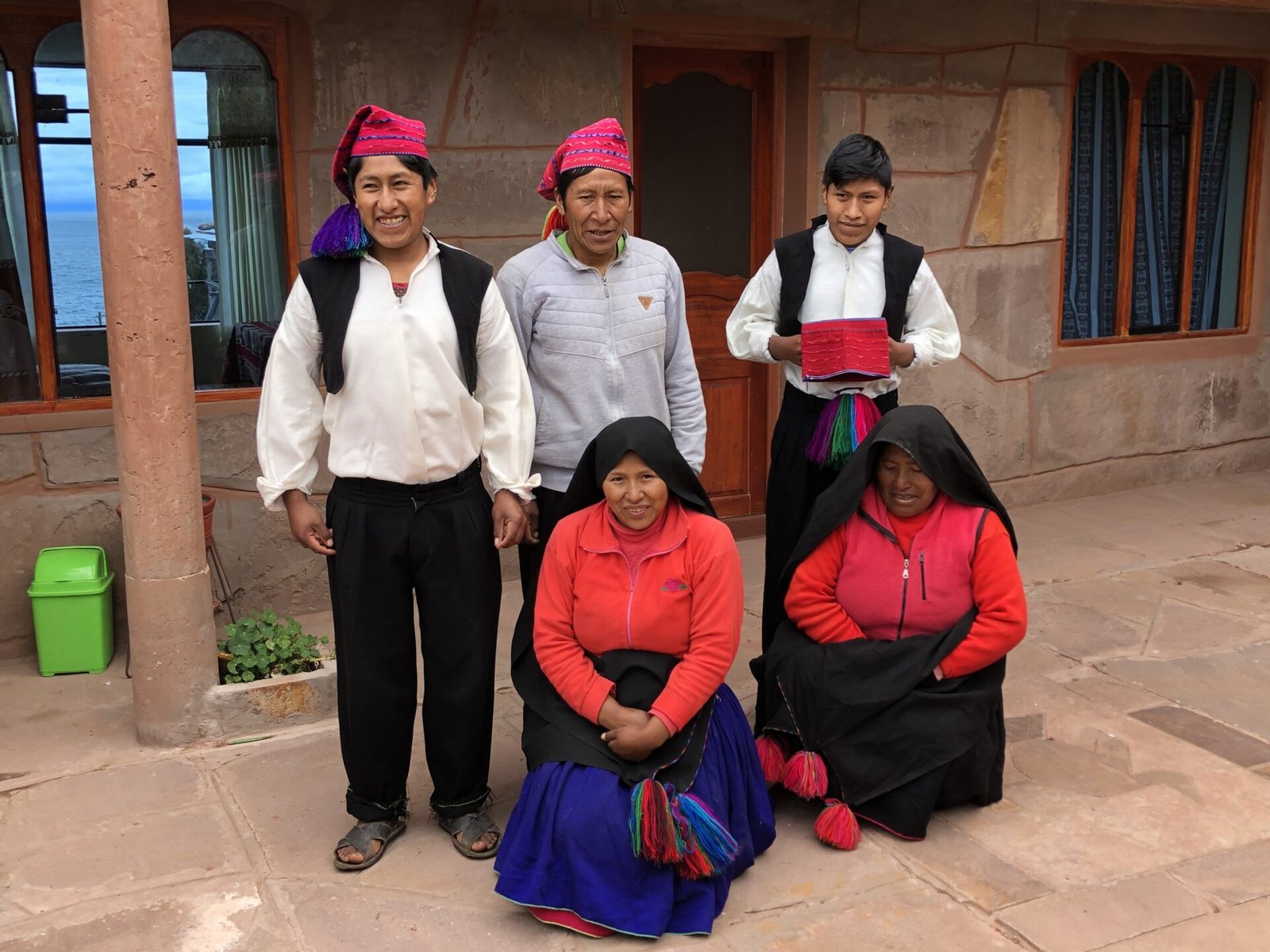
Alberto was the best. We feel truly lucky to have met him and his wonderful family. Couldn’t recommend a stay here more. They were kind, hospitable and helpful during our whole stay, which is a big reason why we extended our stay to four nights.
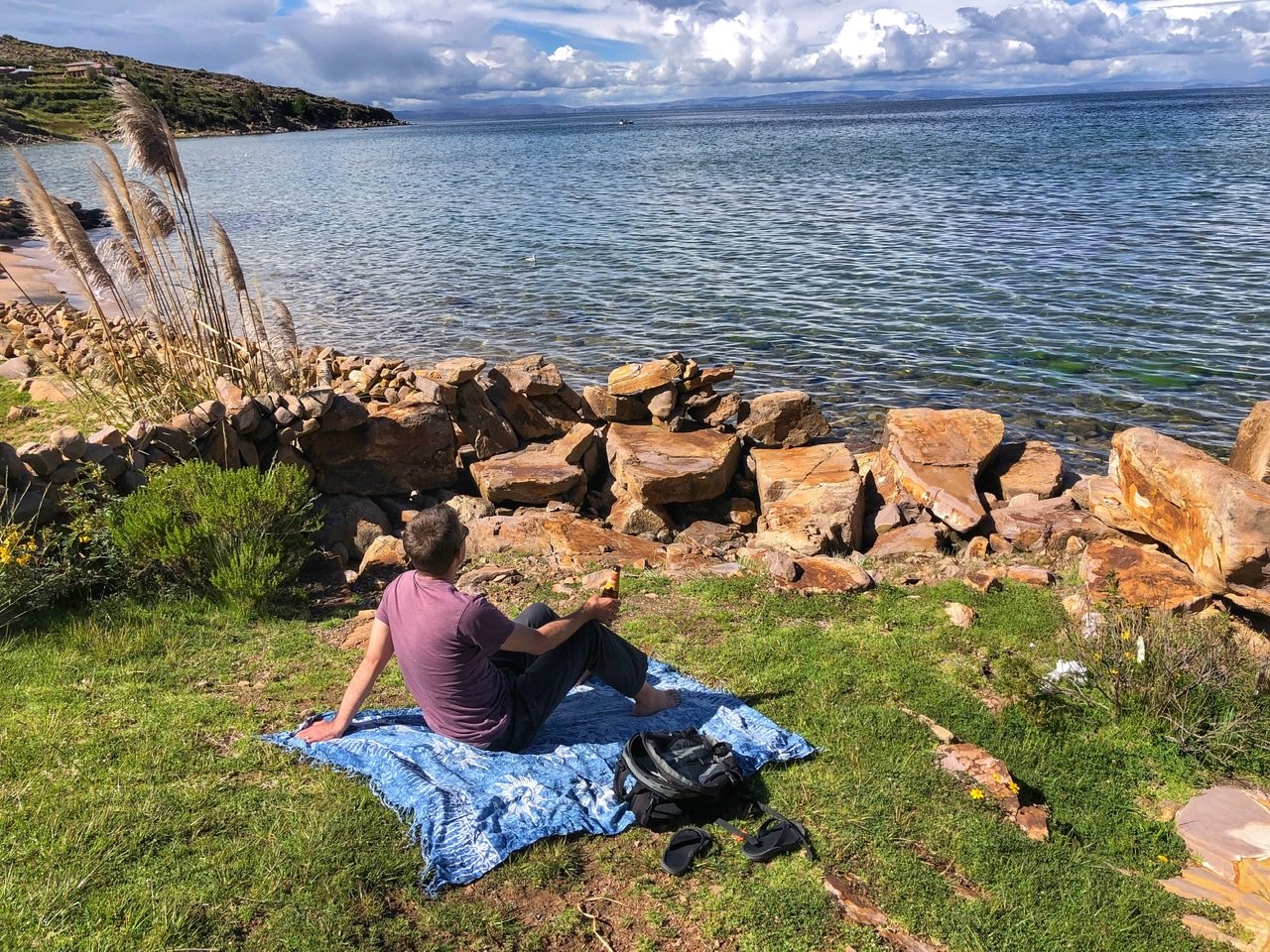
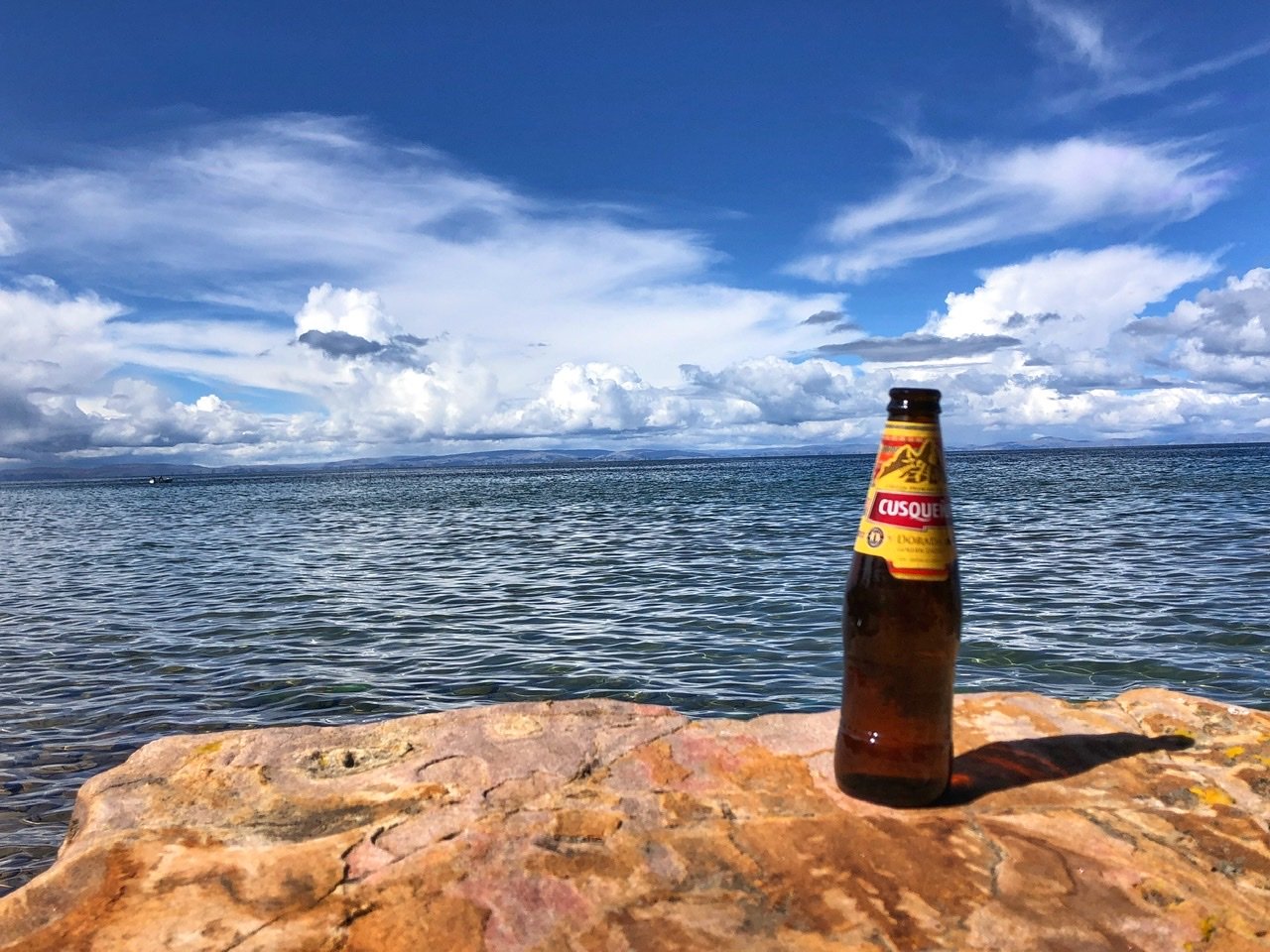
Lying in the afternoon sun on Titicaca with a beer in your hand is highly recommended.
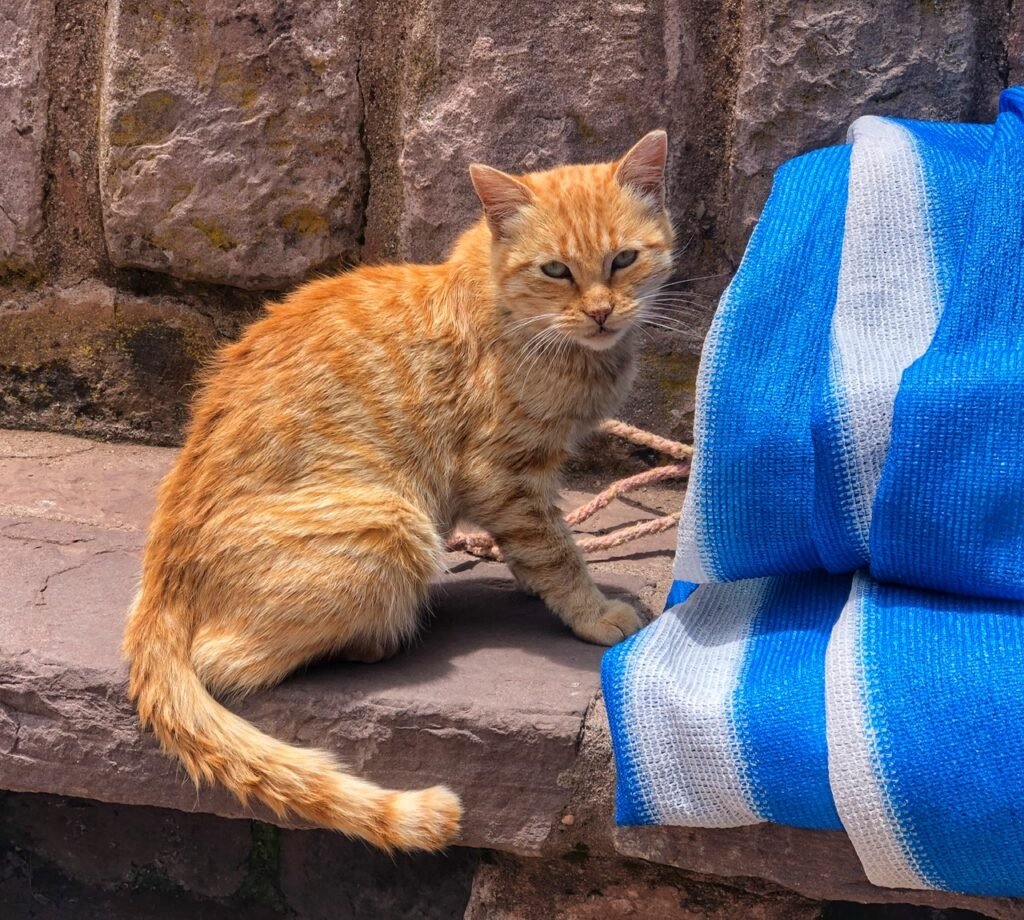
The cats have it made on Taquile. No dogs allowed and every single lunch served is fresh trout. We fed this cutie so much she started refusing it and then crawled on this blue tarp to take a nap.

She wasn’t the only one that needed a siesta after all that trout. Mandy snuggles down right in the middle of a desolate path. The first thing she said upon awakening was…oh no… “I slept in sheep shit.” ?


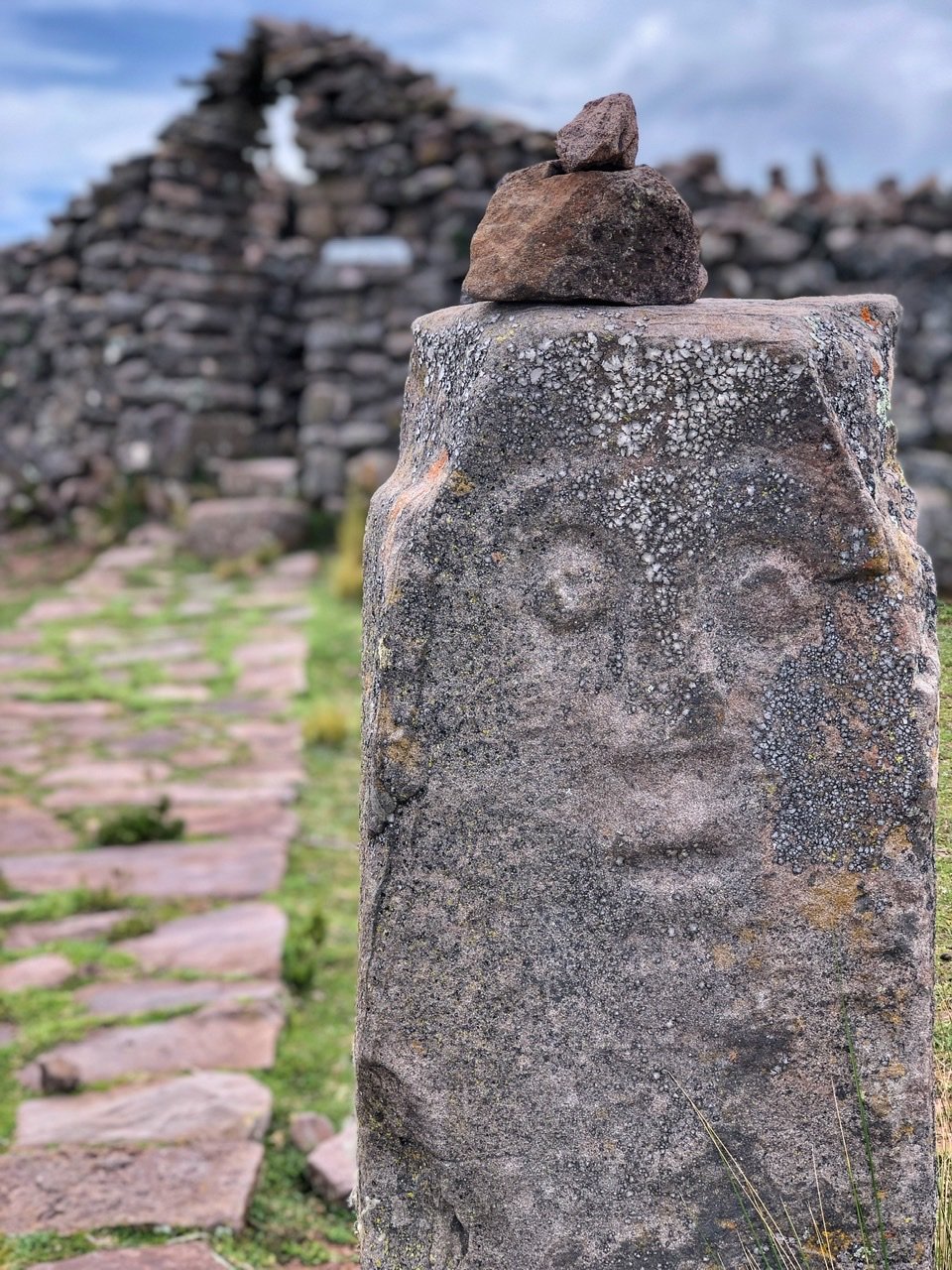
After this, we climbed up Mulsina Pata, the highest point on the island at 4074 meters (13,366 feet). The altitude fortunately has not bothered us here at all.
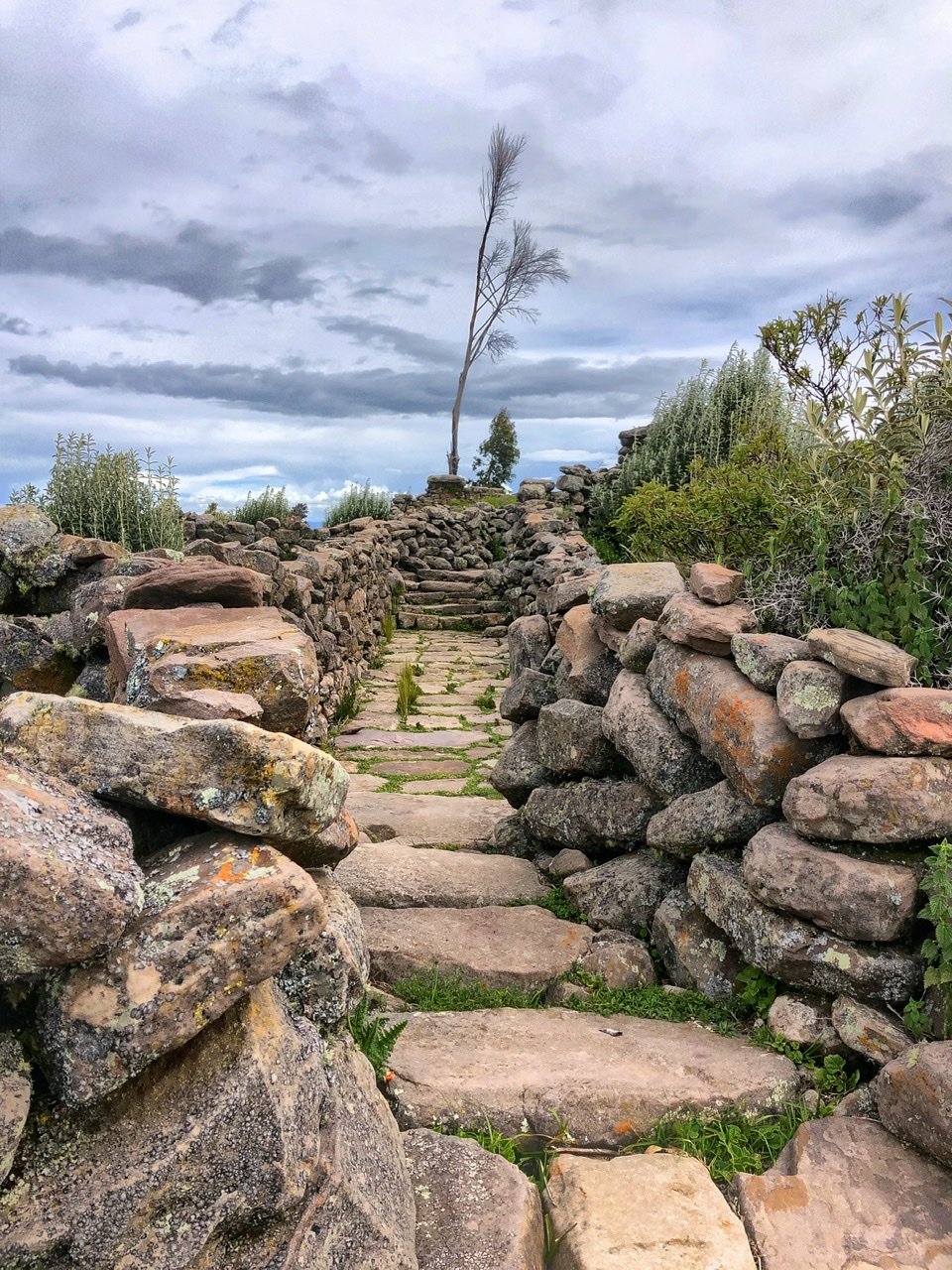

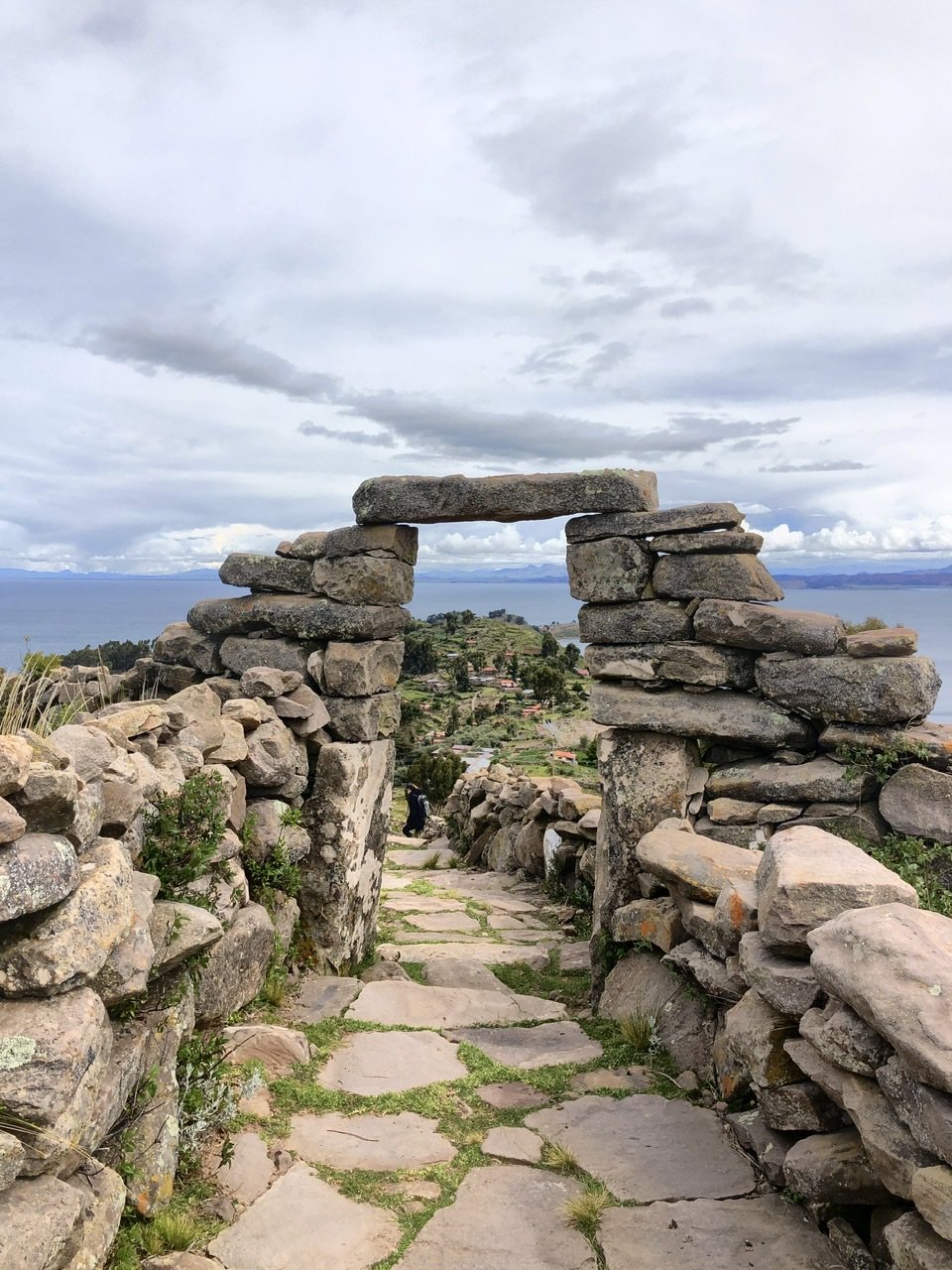

Coming back down, we discovered what quickly became the icing on the cake for this extraordinary island…ancient stone paths crisscrossing their way throughout the north part. What a wonder this place is.

